Dry Fire Basics
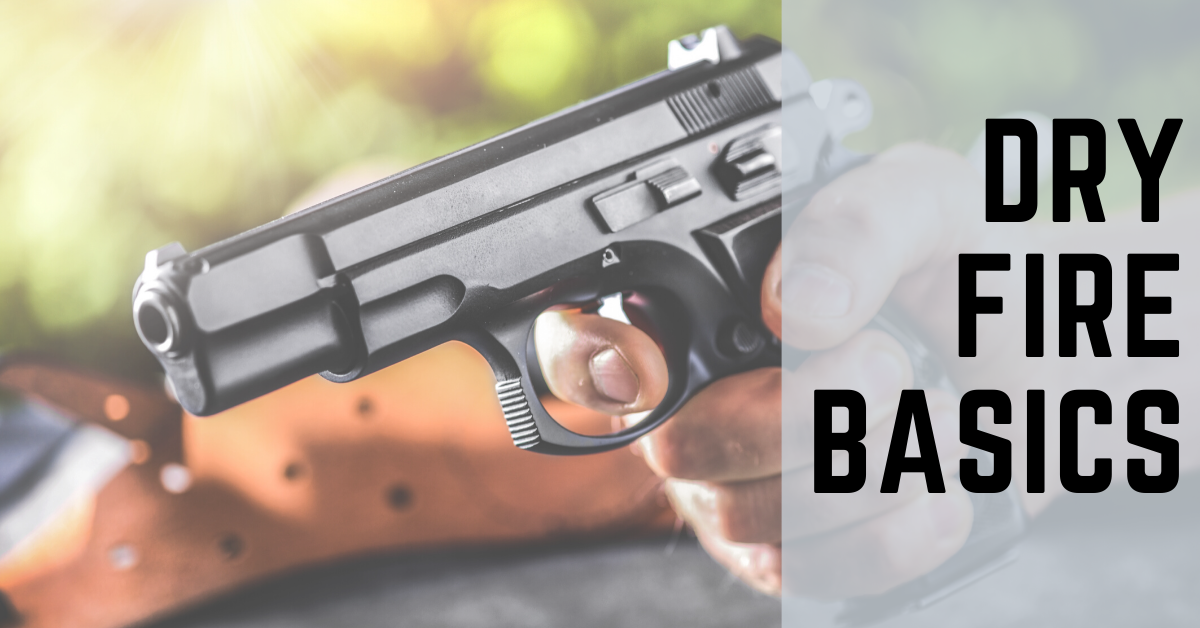
Whether you’re new to firearms or are a high-level competition shooter, dry fire practice is critical to developing, improving, and maintaining the multitude of skills you need to be safe and proficient with your firearm. If you haven’t yet looked into unlocking the benefits of dry fire, make sure to read on.
What is Dry Fire?
Dry fire, sometimes spelled dry-fire or dryfire, can also be referred to as dry fire practice or dry practice, describes the use of an unloaded firearm to practice the mechanics and fundamentals of firearms handling and shooting.
The most common method of dry fire is using an unloaded, fully functional firearm. But as the benefits of dryfire became recognized, new products were developed which not only made dry fire more fun, but enhanced the outcome. Devices like inert guns that emit lasers such as Next Level Training’s SIRT line of guns, dummy guns, and even airsoft guns are used and commonly thought of as dry fire tools.
It should be noted here, however, that all you really need to dry fire practice is your EDC (every day carry) concealed carry gun and to make sure there is not any ammunition in it before you start.
Why Dry Fire is Important:
In its simplest form, dry fire allows us to learn how to safely manipulate the gun. Using a gun requires not only proficiency in the basics of pointing the gun where it needs to be pointed and pulling the trigger but also getting the gun loaded, unloaded, and fixed if there is a malfunction.
All of this must be done safely, observing the basic firearm safety rules.
For brand new gun owners, learning how to safely handle the gun while it is unloaded or while using inert dummy ammo allows them to learn without the fear of a fatal mistake.
Finding time to go to the range can be difficult and expensive when you factor in the cost of ammunition. But dry fire can be done at home for free at any time, day or night. More time manipulating the gun, loading, changing mags, working a manual external safety (if your gun has one), racking the slide, etc., will give you more confidence when you get out and live fire. Not having to think about these things frees your brain to focus on some of the other aspects of shooting.
Furthermore, drawing from a holster, moving and shooting, shooting from unconventional positions, and using barricades or shooting from in or around vehicles is likely not something you will be able to do at the majority of ranges. And even if you could, it is better to first learn some of these more advanced skills with an unloaded firearm.
Additionally, think of the layout of your home. Learning the blind corners, positions of advantage or the potential different shot distances inside your home helps you realistically prepare if you ever have to use your firearm inside your home.
Finally, we spend a lot of time in our vehicles, and dry fire practice is great for learning how to handle and deploy your firearm while you’re inside your vehicle.
Isn’t Dry Fire is Useless Because it Does not Simulate Recoil?
At what point does the gun begin to recoil? It starts once the trigger breaks and the firing cycle has begun. Is there anything that we do before we squeeze the trigger that can affect the shot? Things like obtaining sight alignment, sight picture, trigger squeeze, proper grip, presentation, efficient and safe draw, presentation, magazine changes, malfunction clearing, etc., all take place outside of recoil.
All of this and more can be worked on with an unloaded firearm, for free, inside your home, at any time of the day or night. So if you’re not leveraging this, you’re not maximizing your skill development.
Once you begin establishing good fundamental skills in dry fire, you will see a corresponding increase in your skills during live fire. Think of grip for example. If you have a poor grip, you cannot effectively manage your gun’s recoil. Developing a proper grip through dry fire, even while not experiencing recoil, will result in your ability to better manage the recoil during live fire.
While it is true that there is no replacement for live fire, we can use various dry fire techniques to solidify basic fundamentals, and then confirm them through live fire in training and practice.
Won’t Dry Fire Damage My Firearm?
Some people caution against dry firing because they have heard that it damages the internals of the gun.
This debate is based on solely on opinion instead of any facts. Center fired rifles and handguns are safe to dry fire, while rim fired firearms should not be dry fired without either a dummy round or expended brass in the chamber.
If there are any further questions about dry fire being safe for your gun, be sure to check the owner’s manual that your gun came with. Most manuals will say that dry firing your firearm is fine.
In Summary:
Dry fire practice is something you can safely do in the comfort of your own home, that will take your proficiency as a shooter up to the next level, as well as help you handle your concealed carry firearm better. The basic firearms safety rules still apply, and always make sure the gun is unloaded before you start.
We’ll cover the ins and outs of dry firing, how to do it, and give you some tips and drills in a future article so make sure you stay tuned for that.

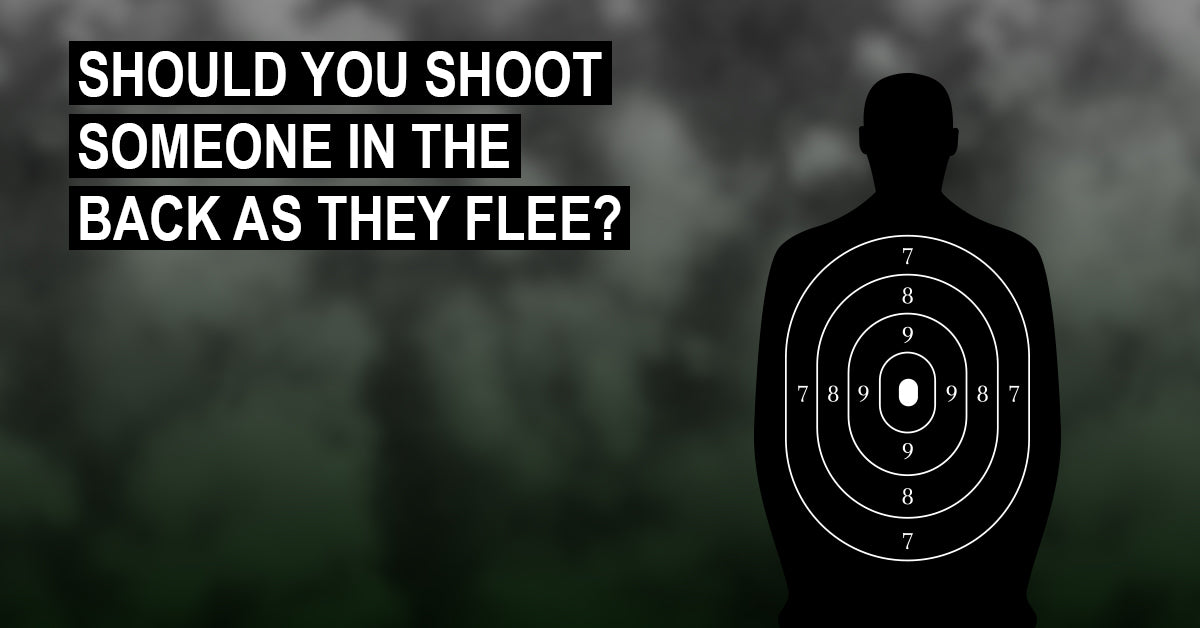
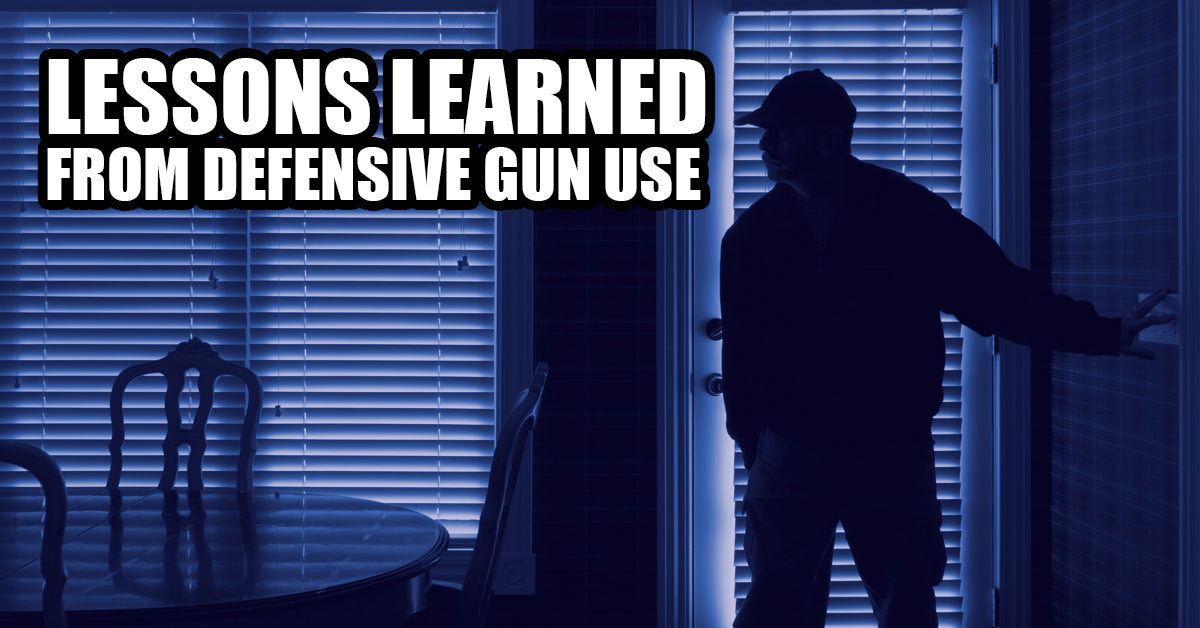
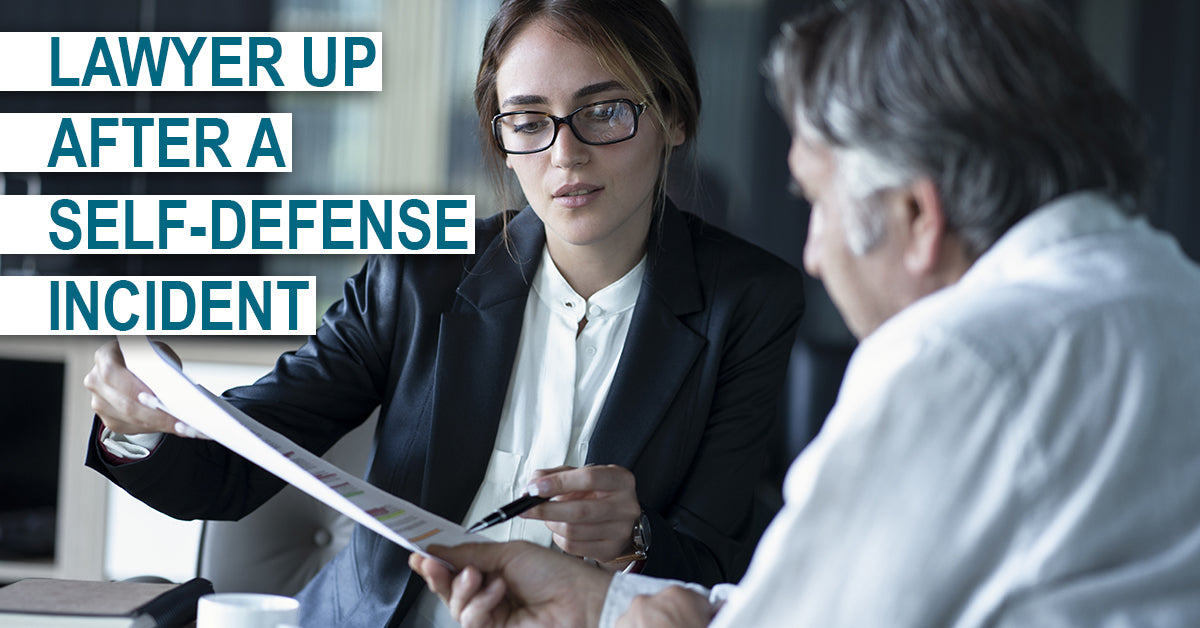
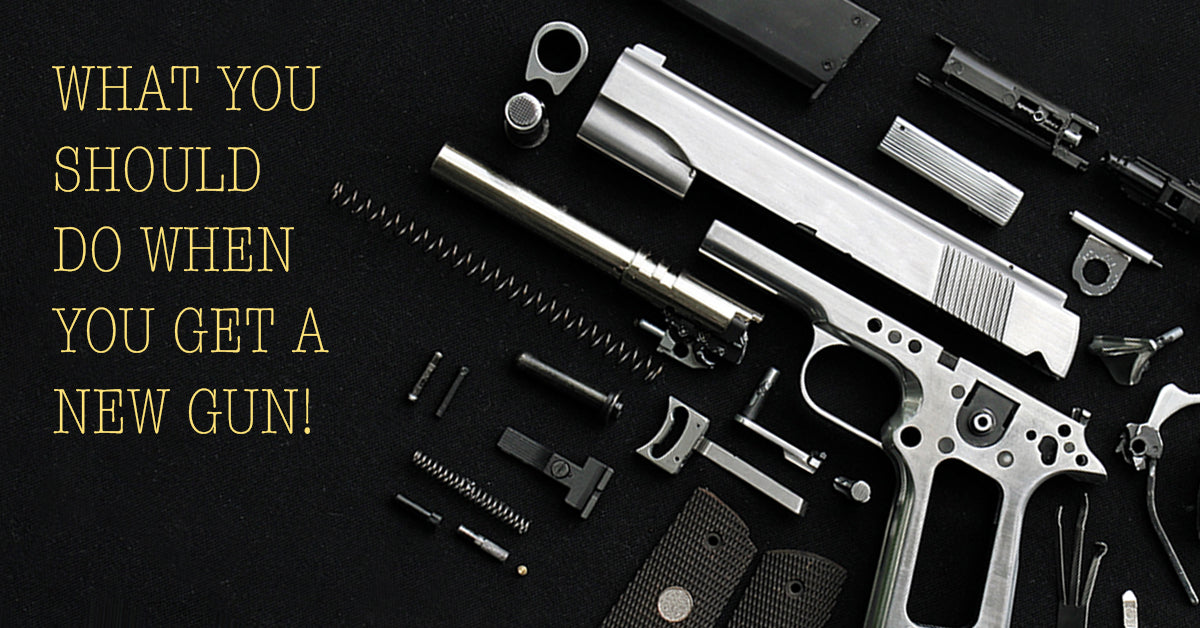
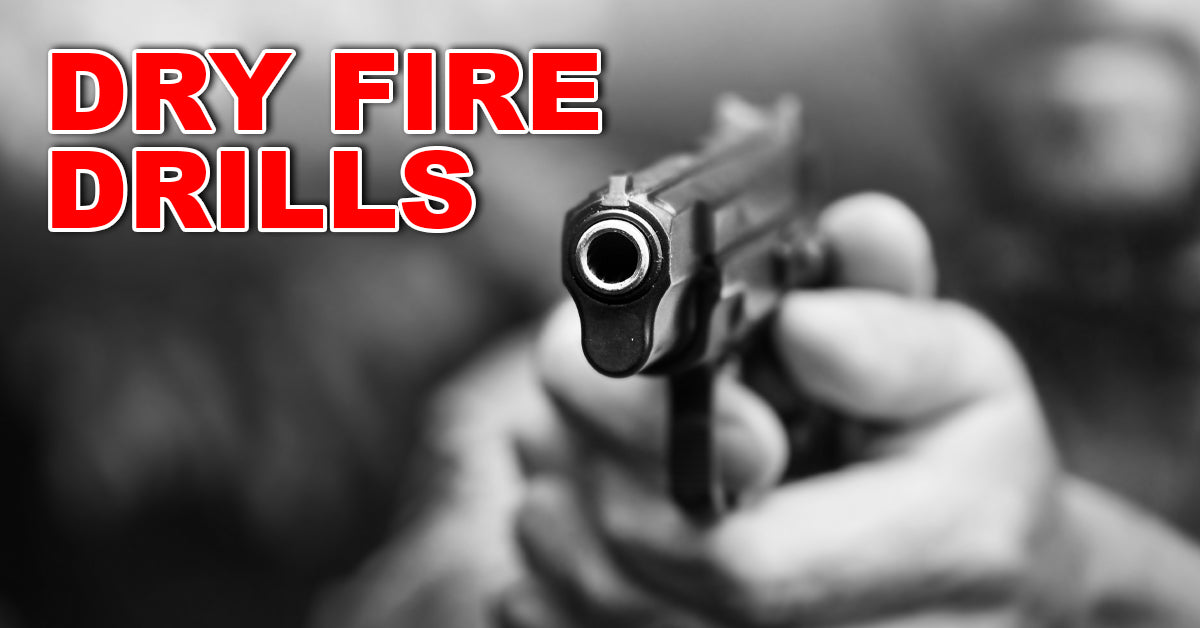
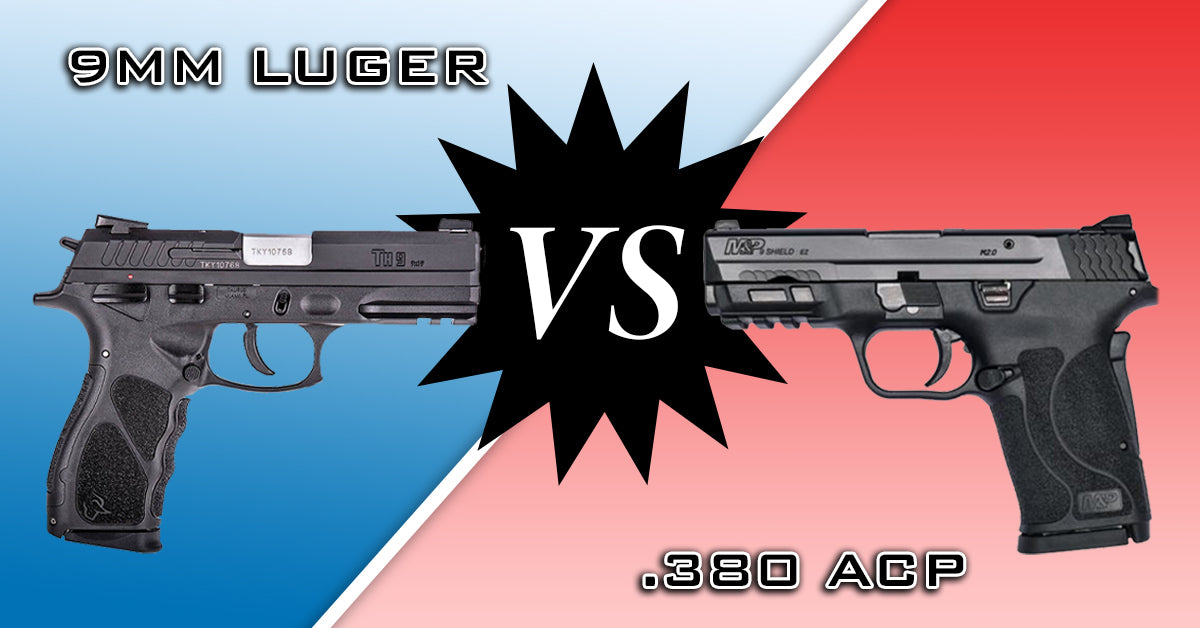
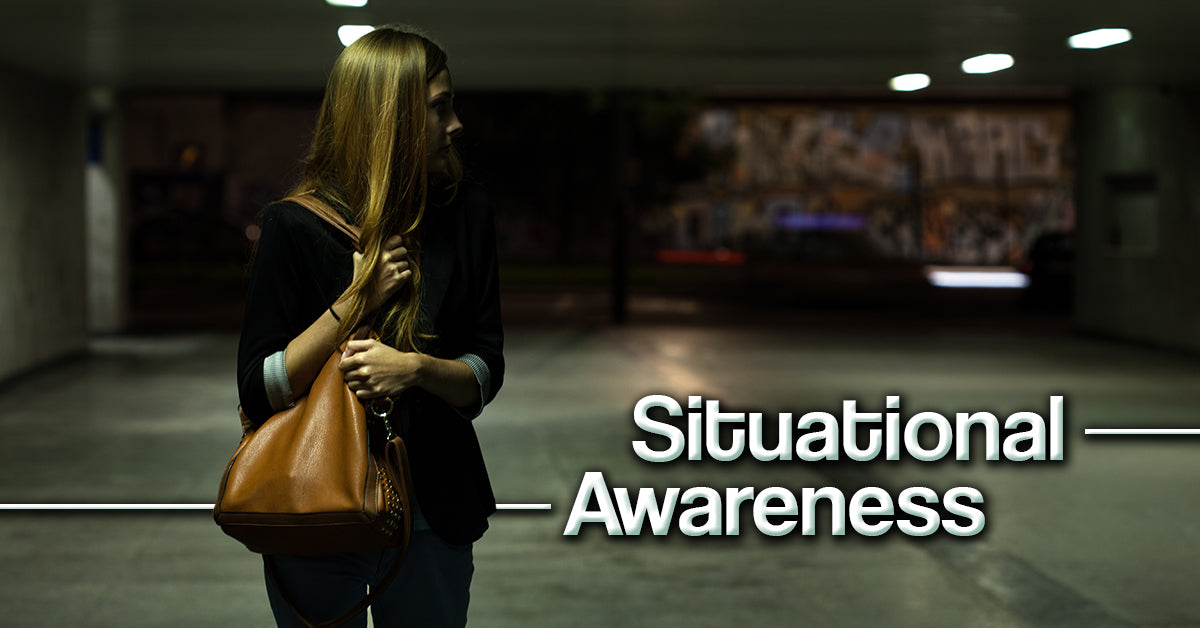
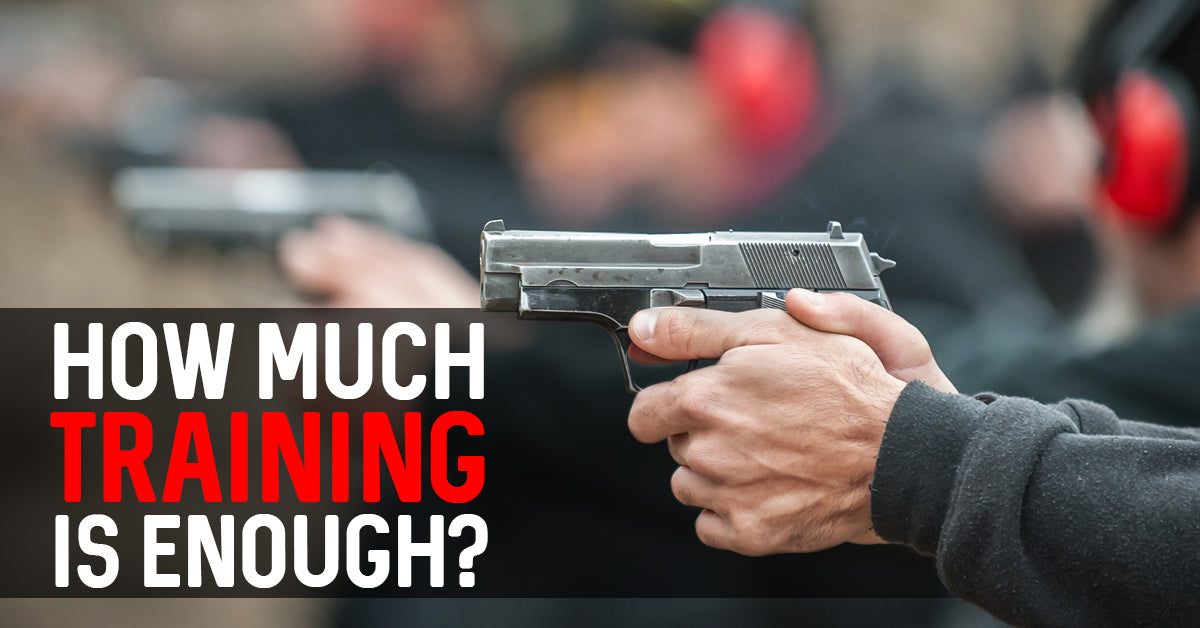
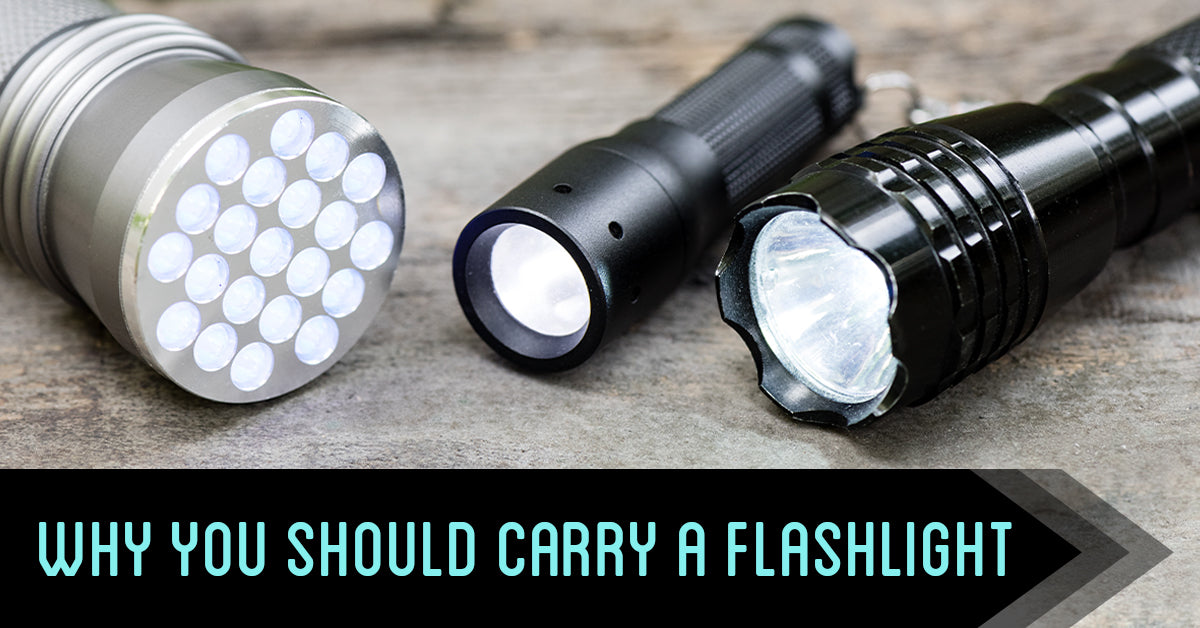
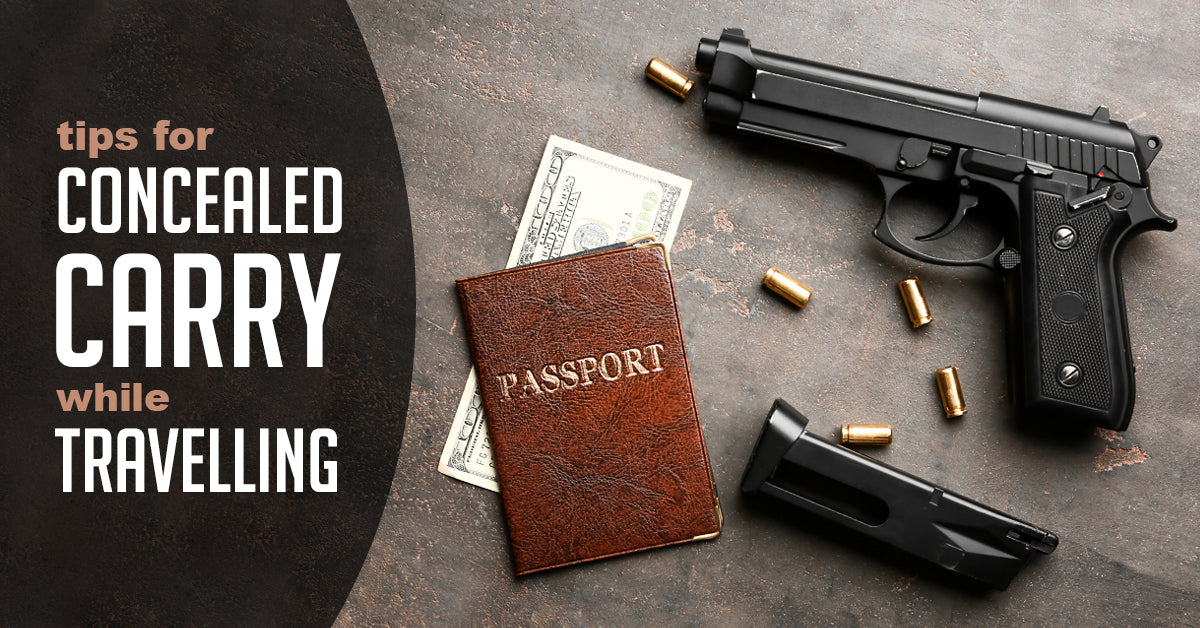
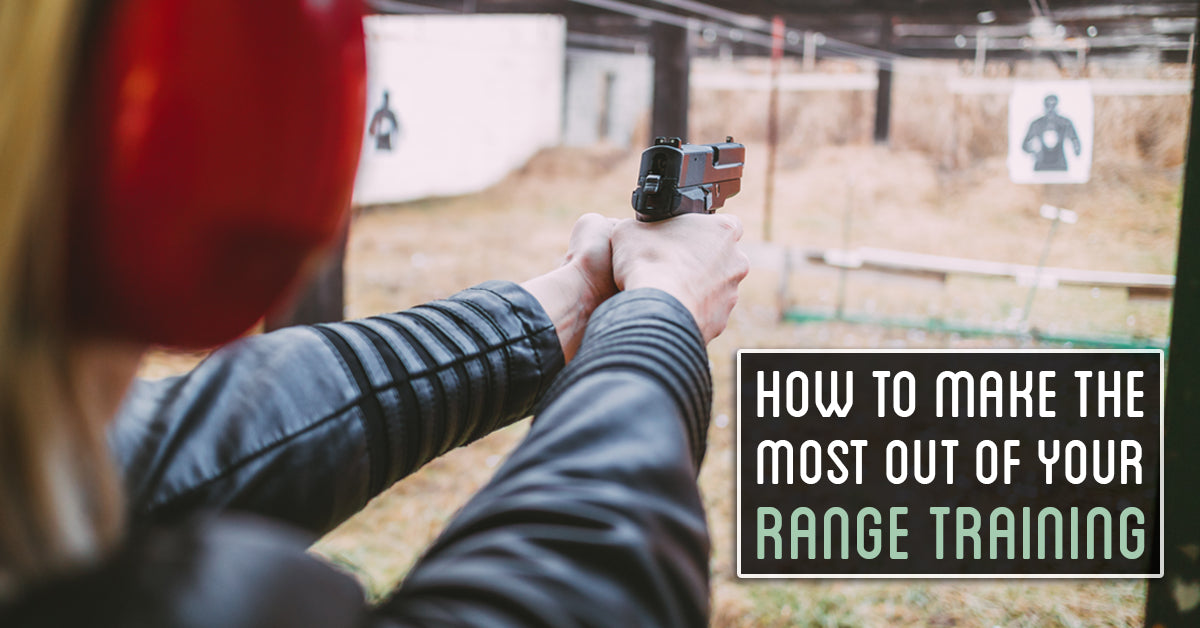
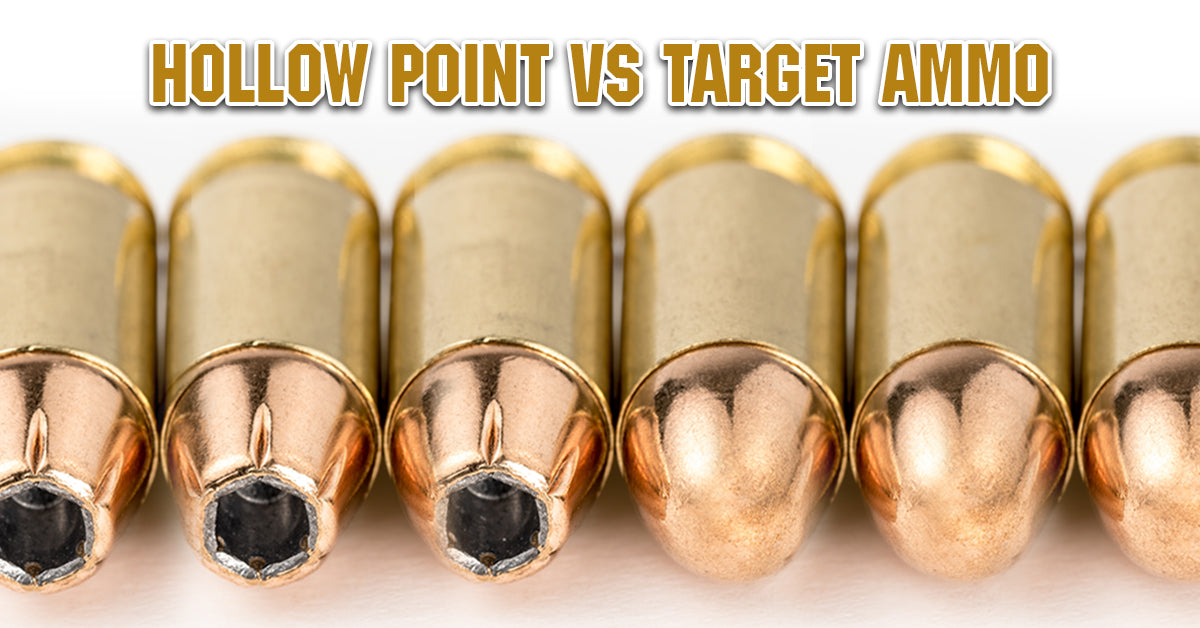
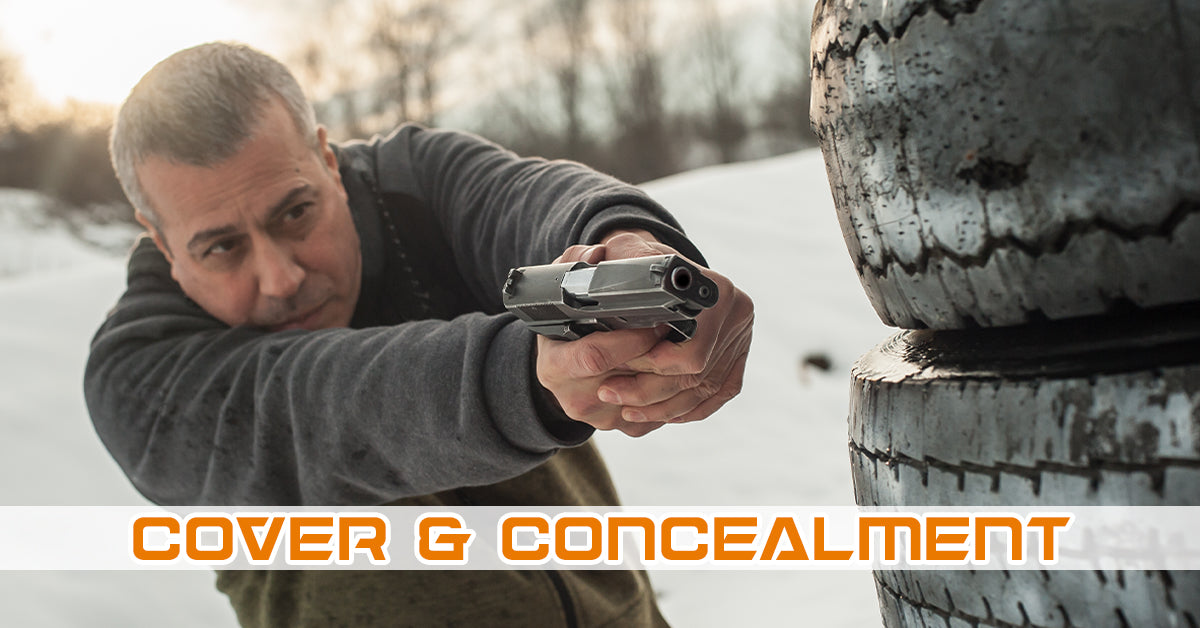
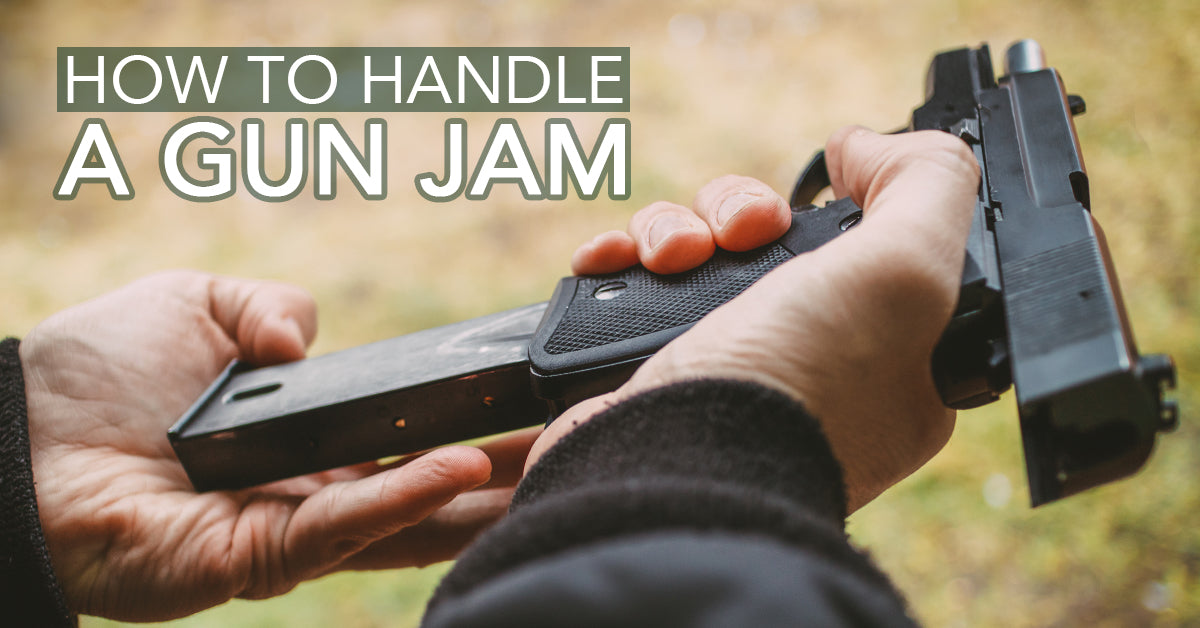
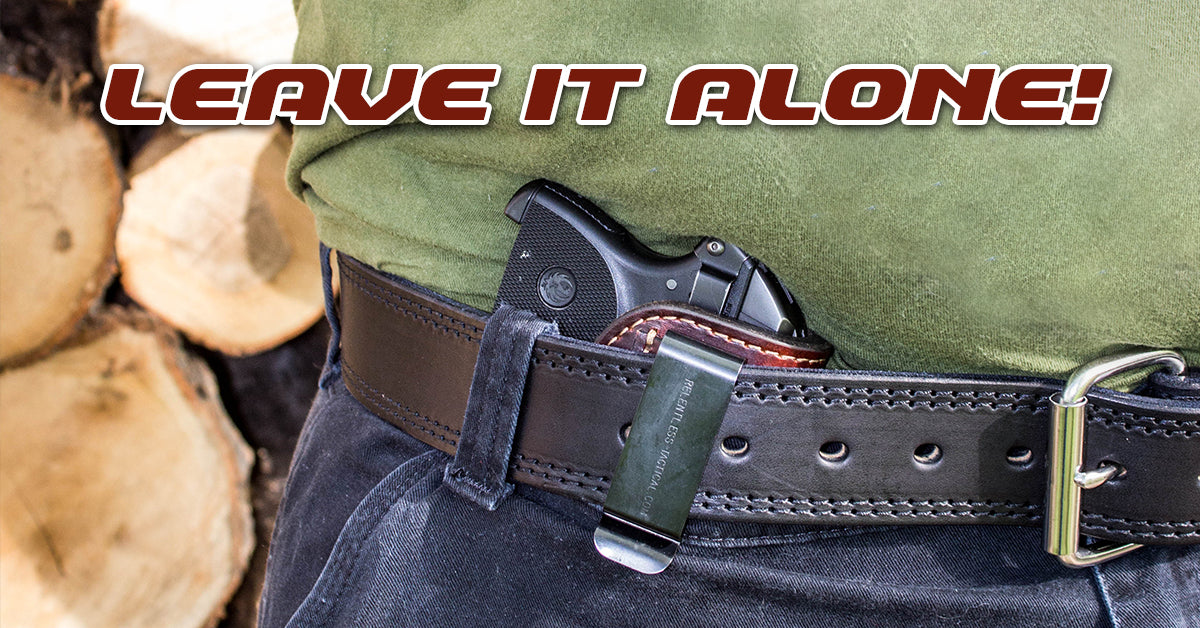
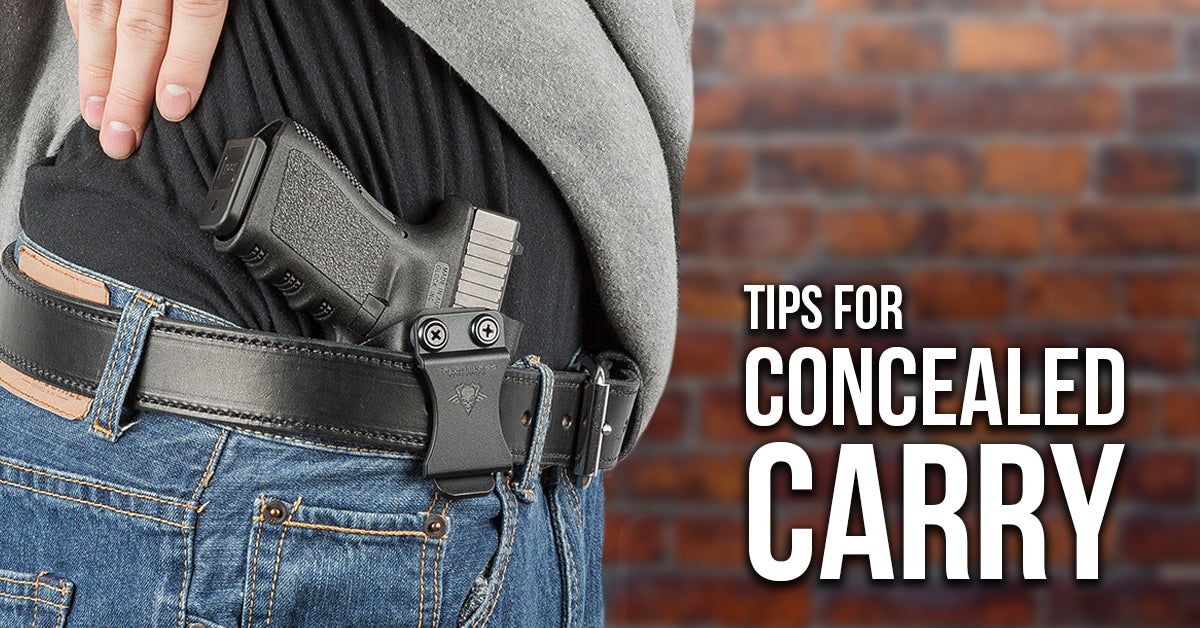
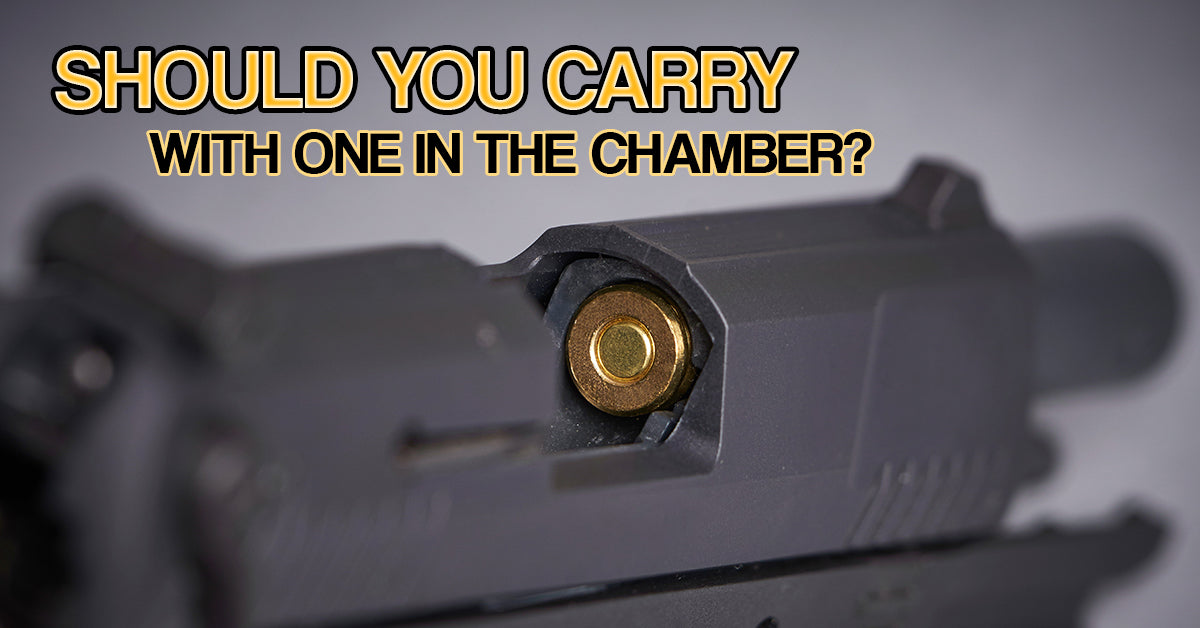
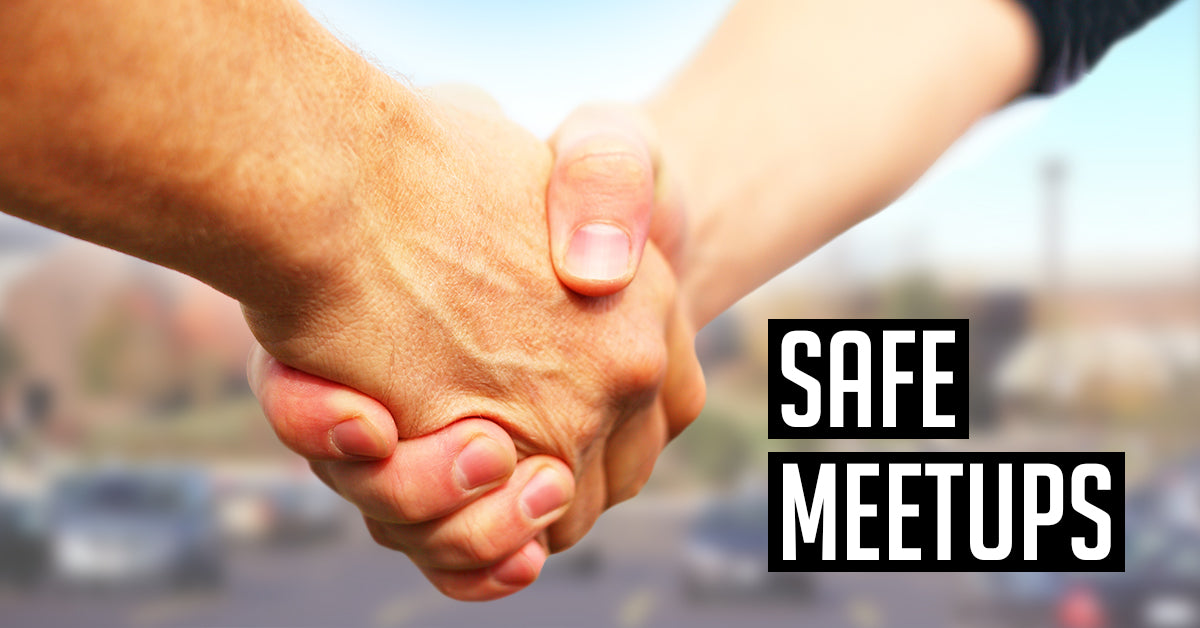
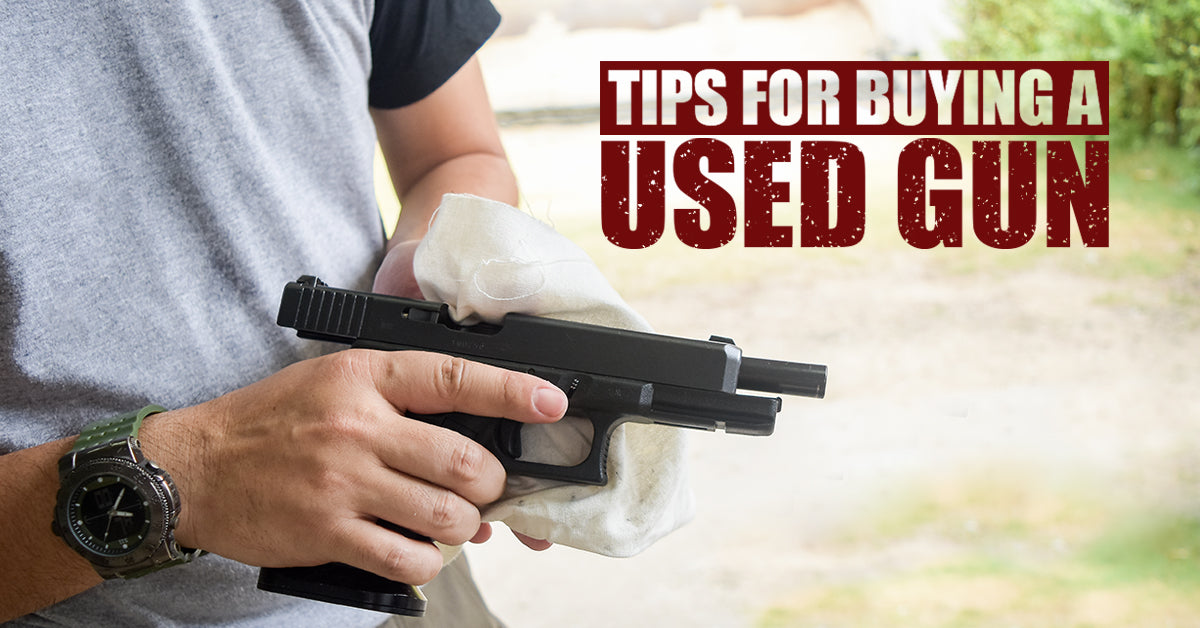
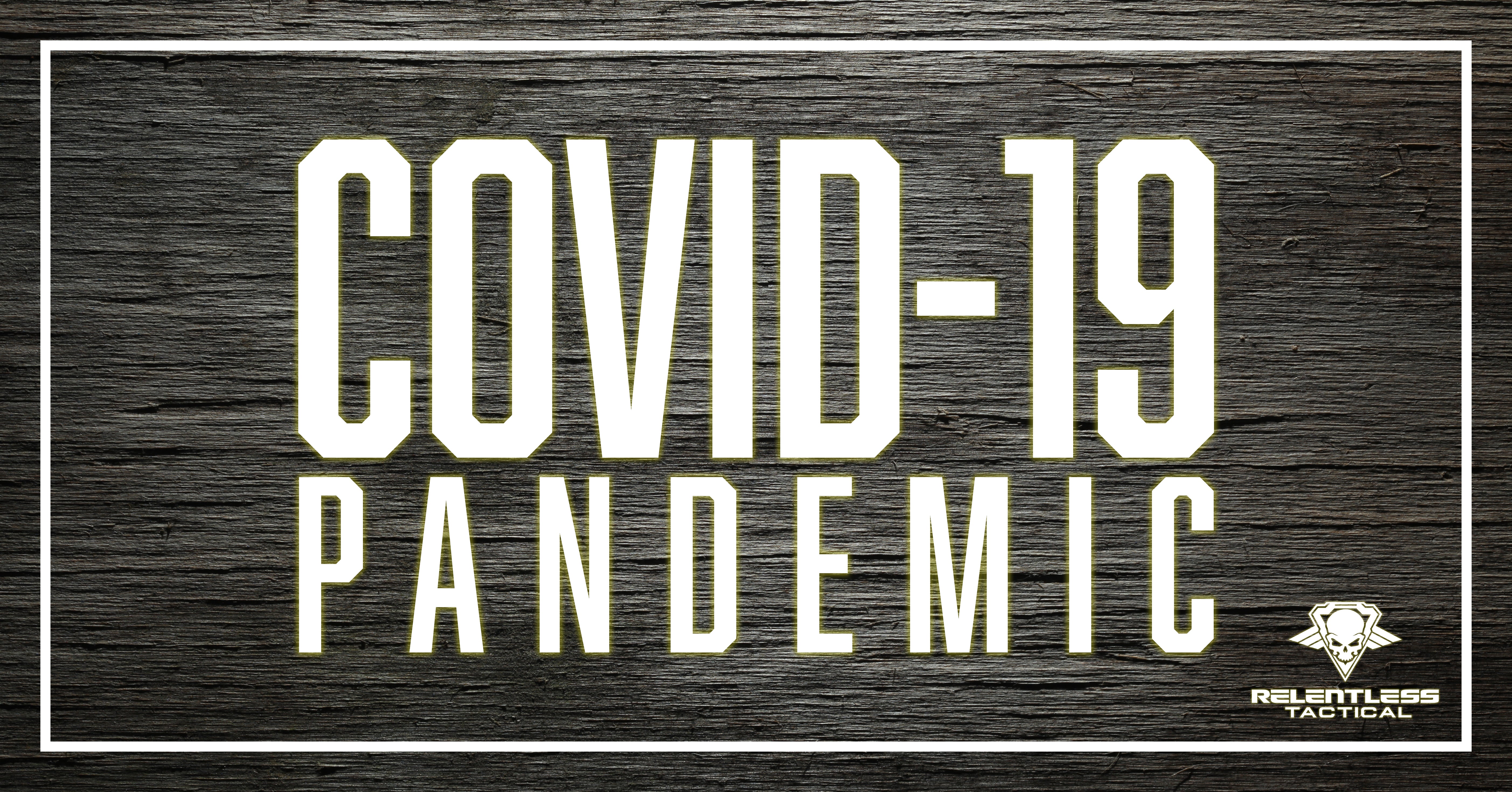
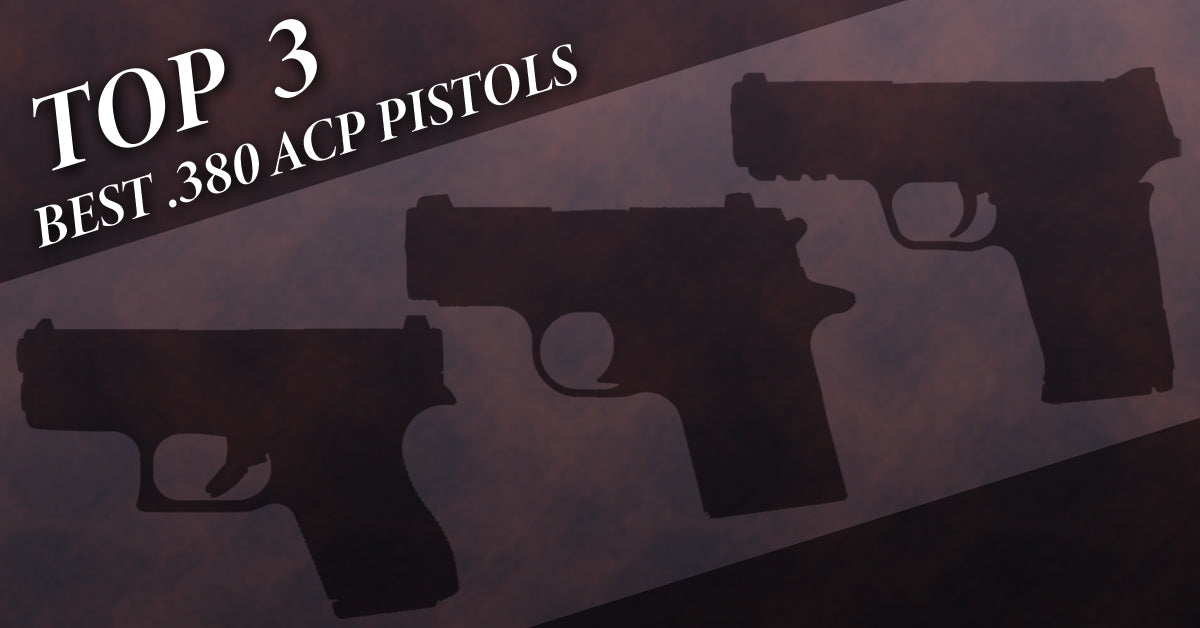
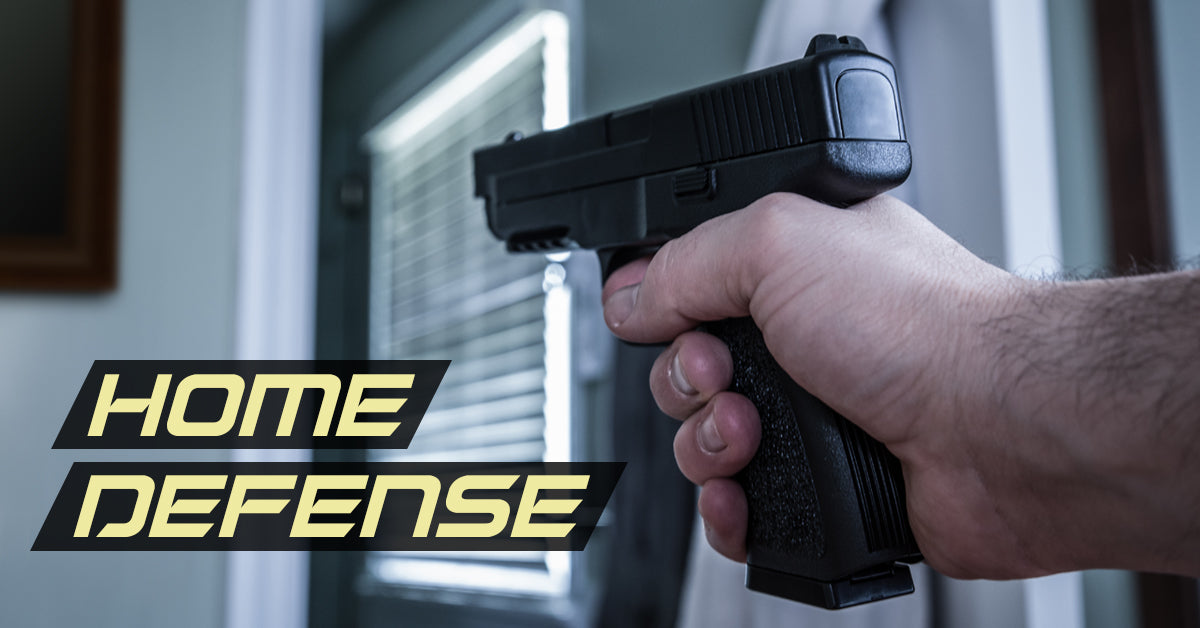
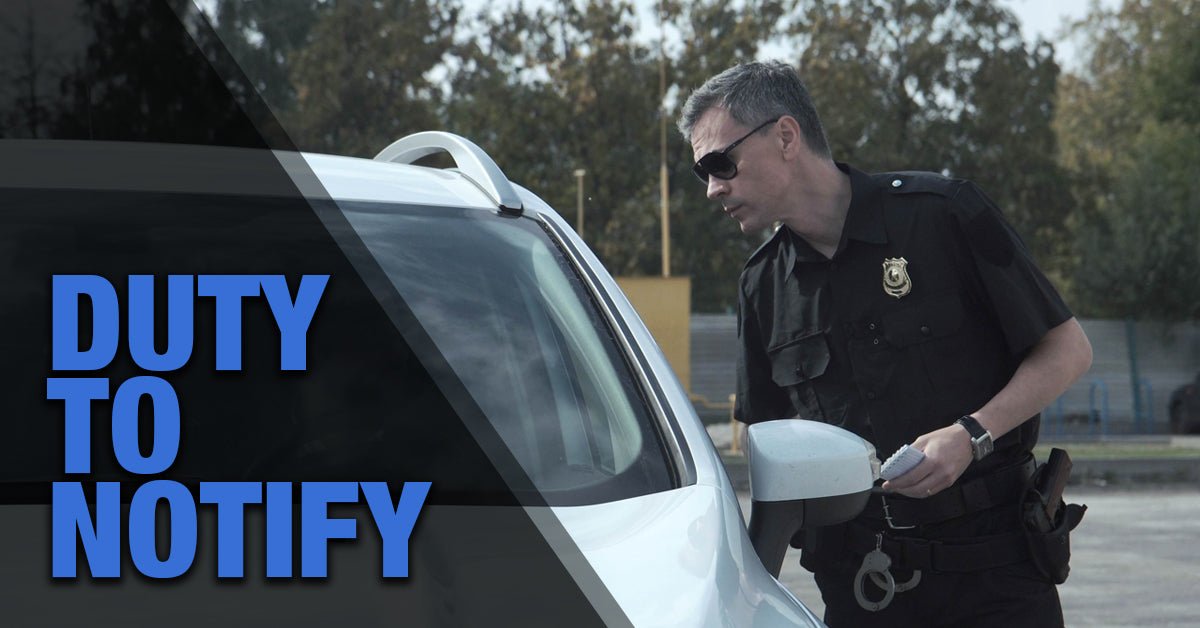
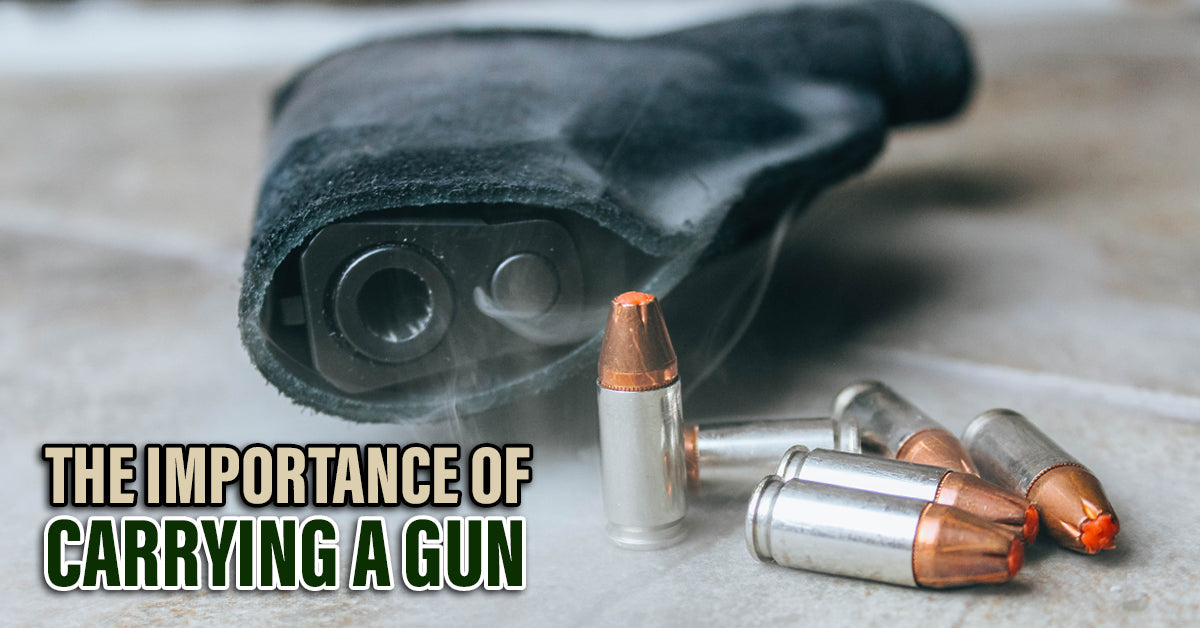
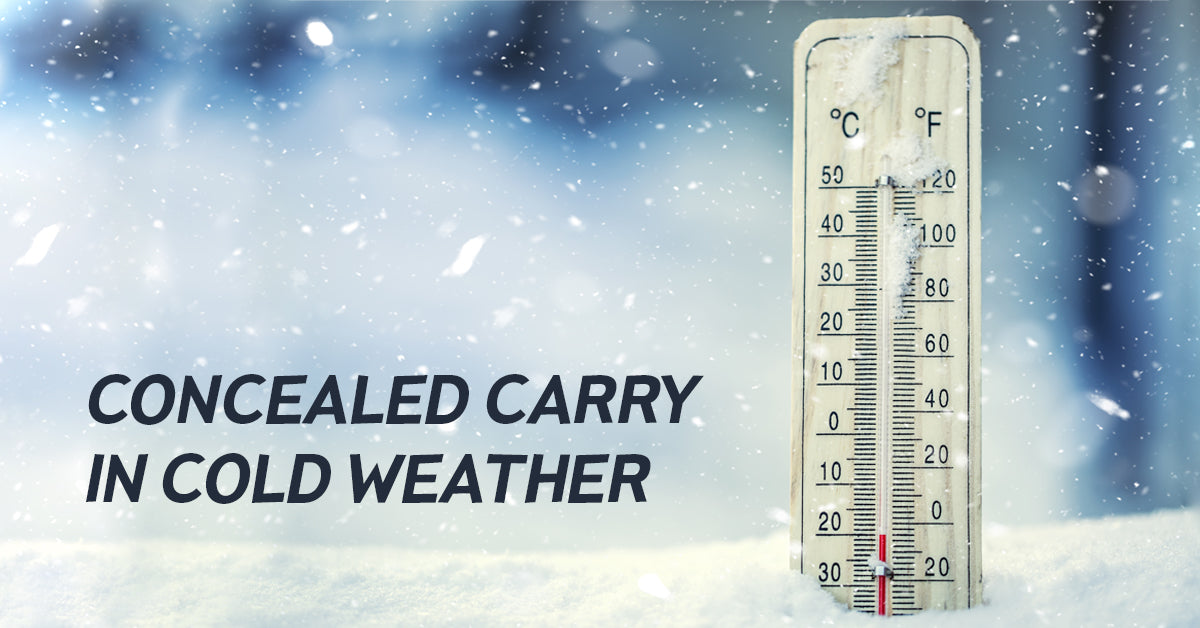
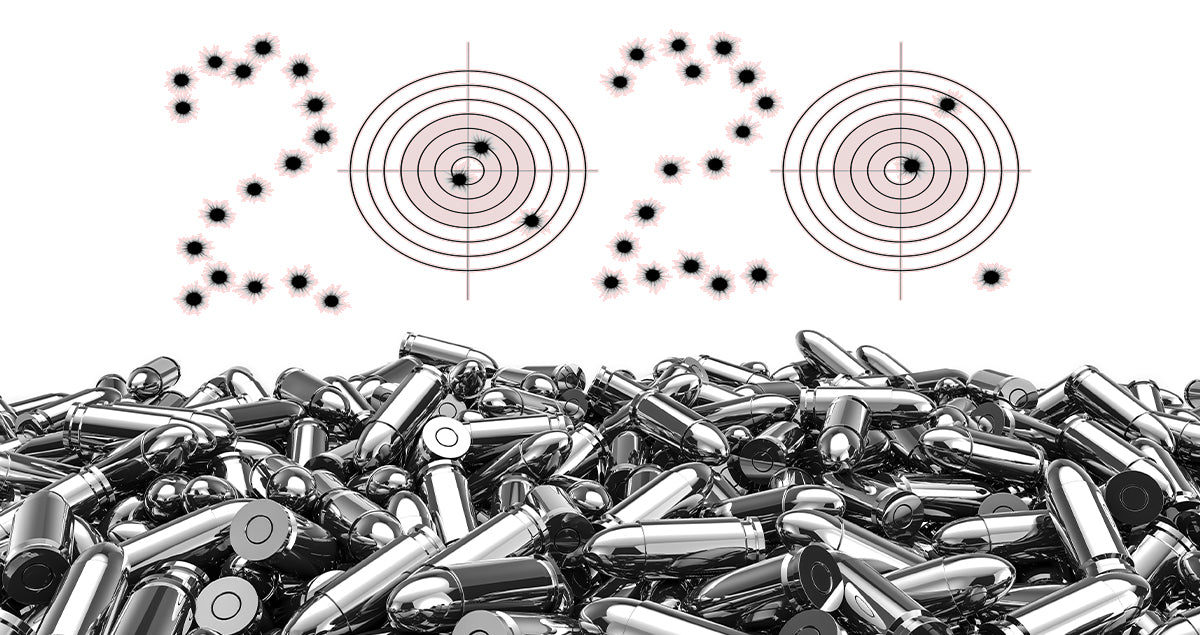
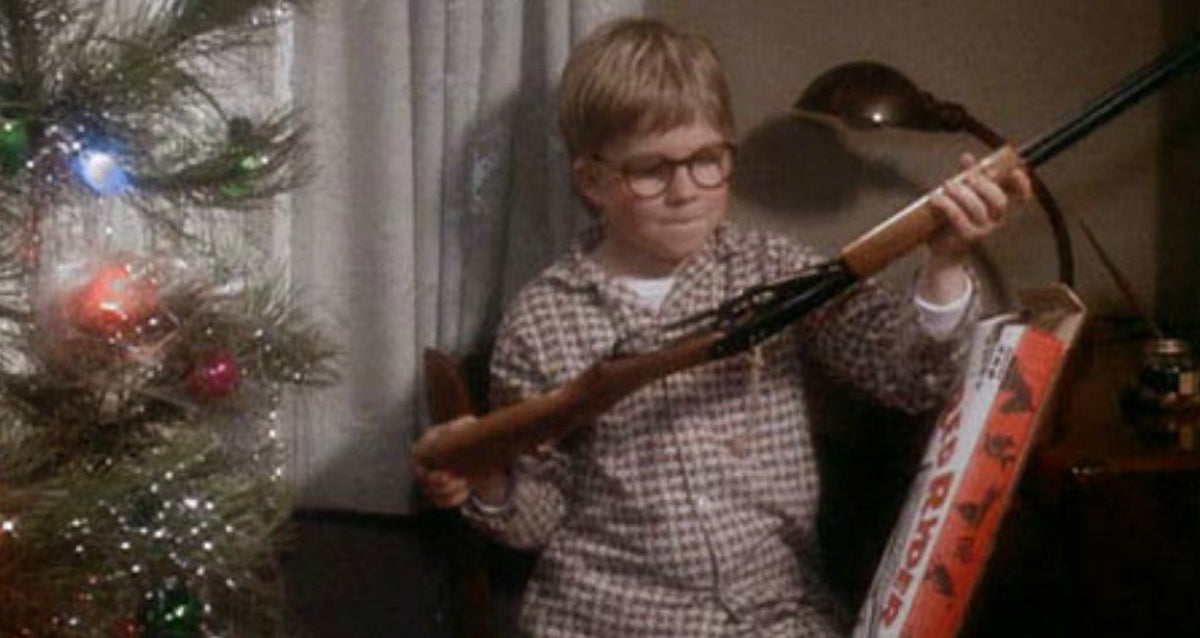
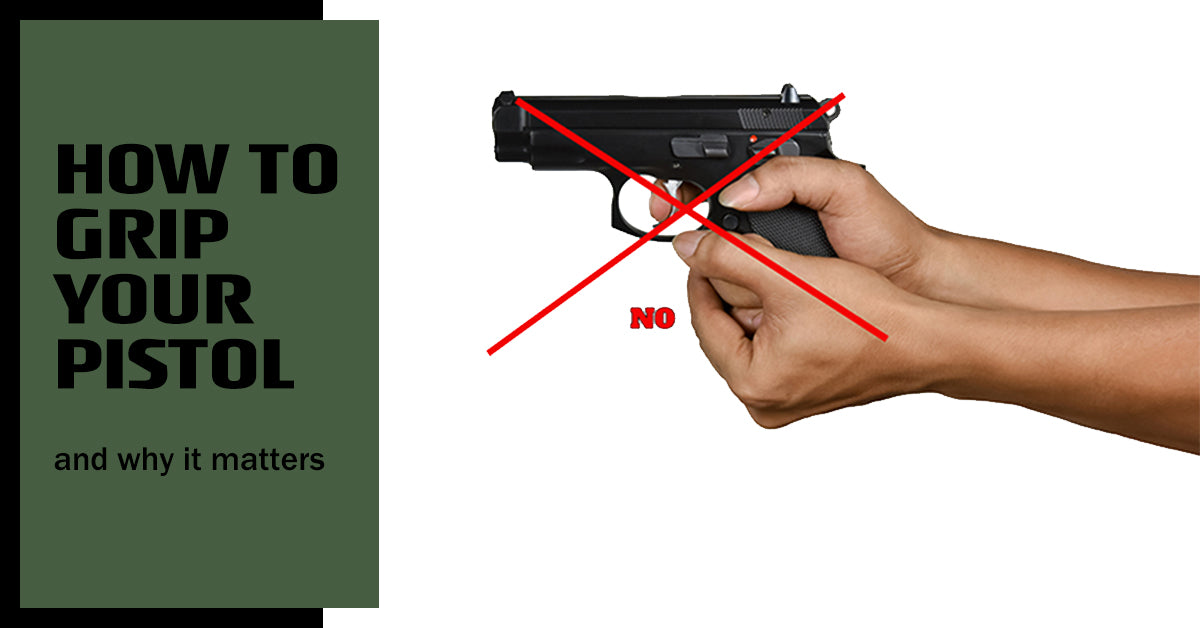
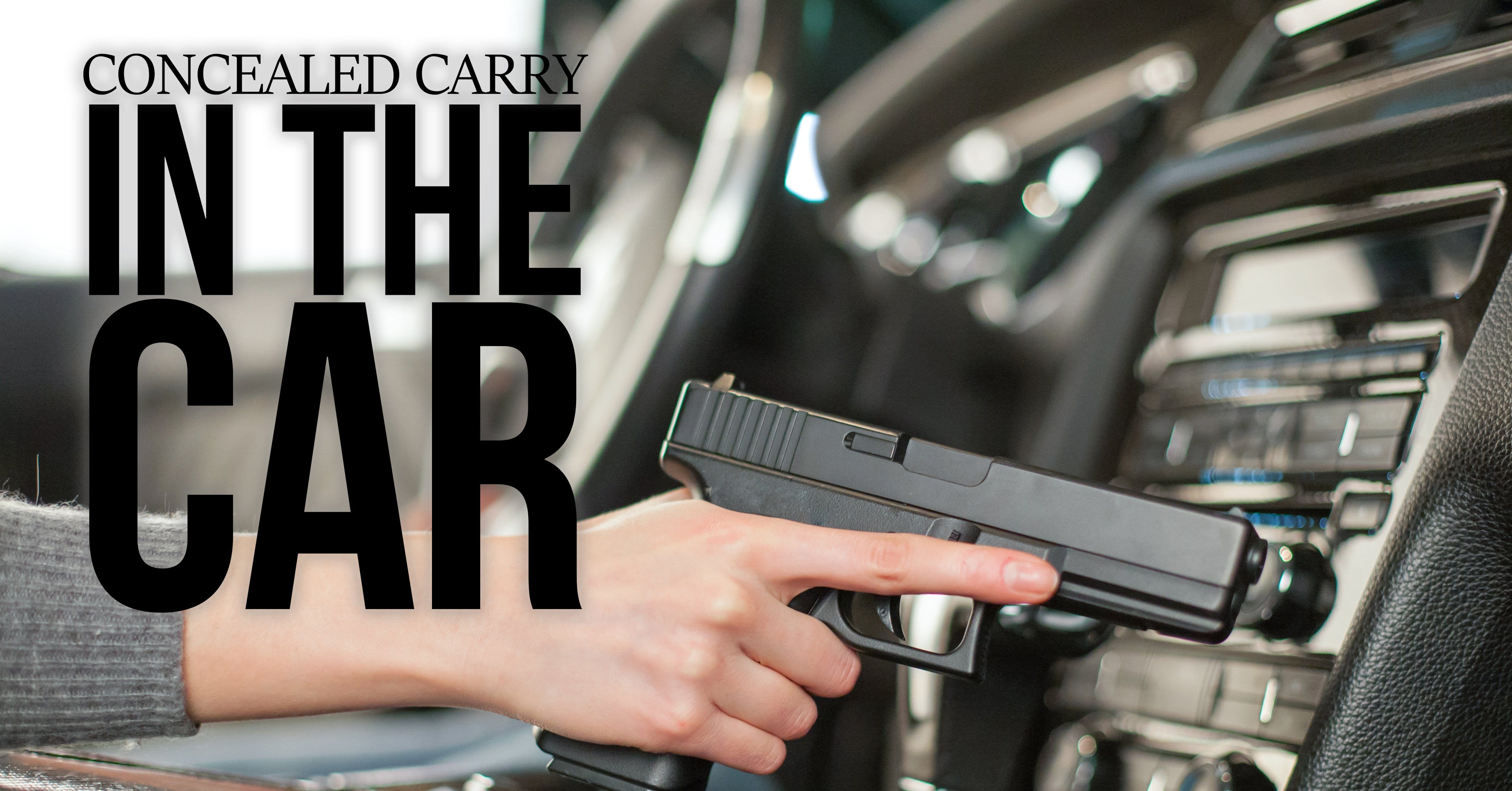
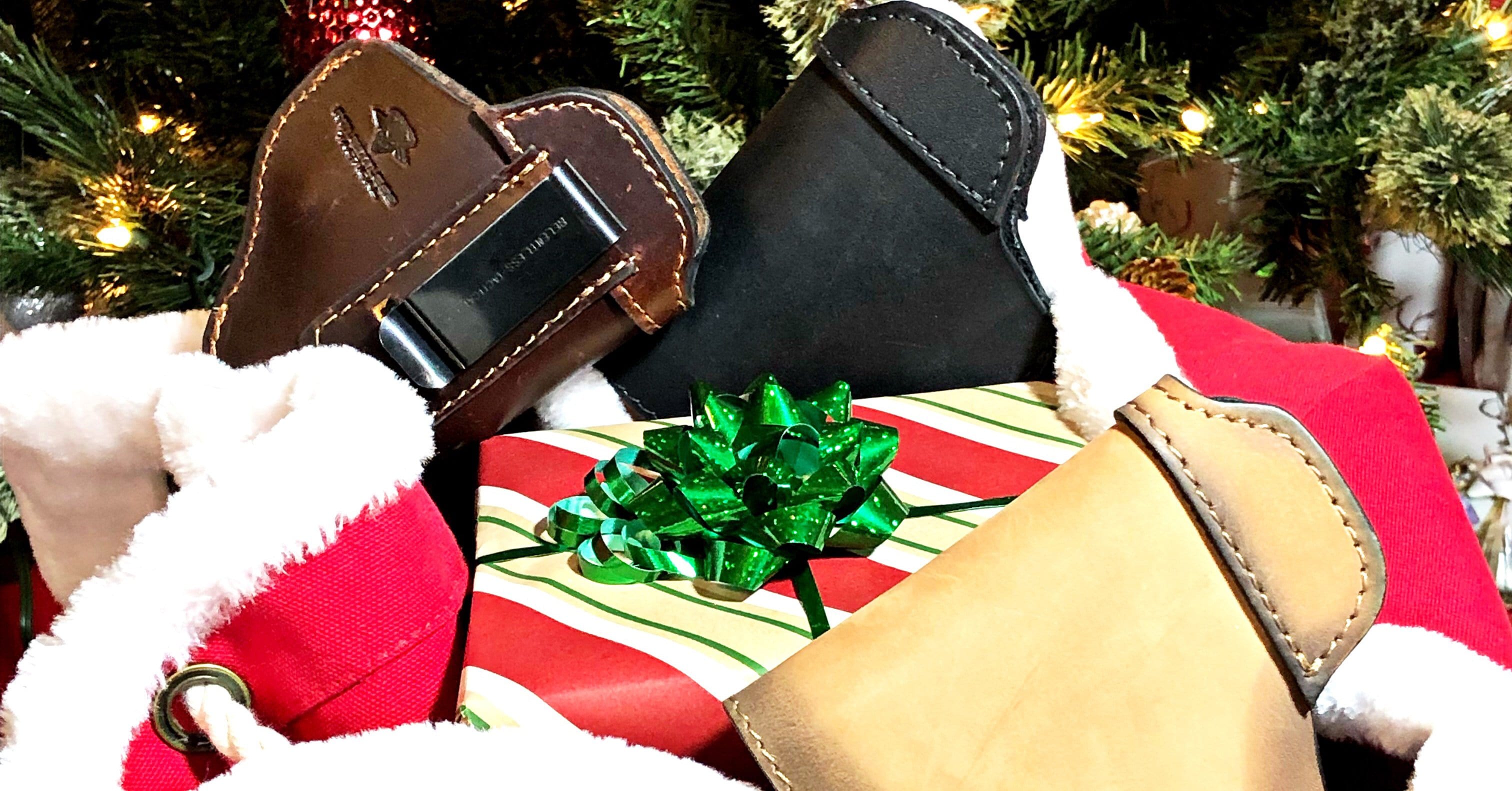
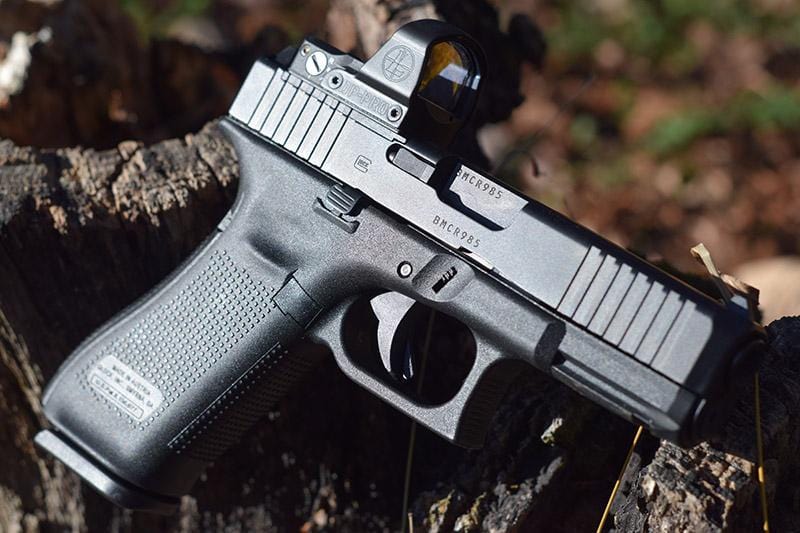

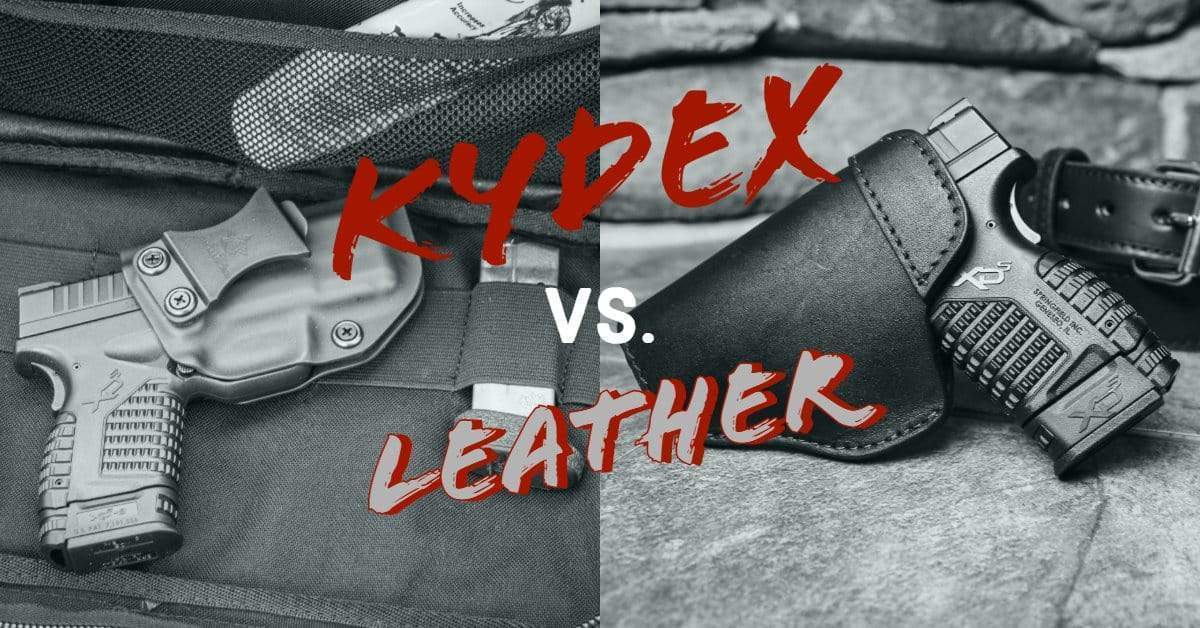
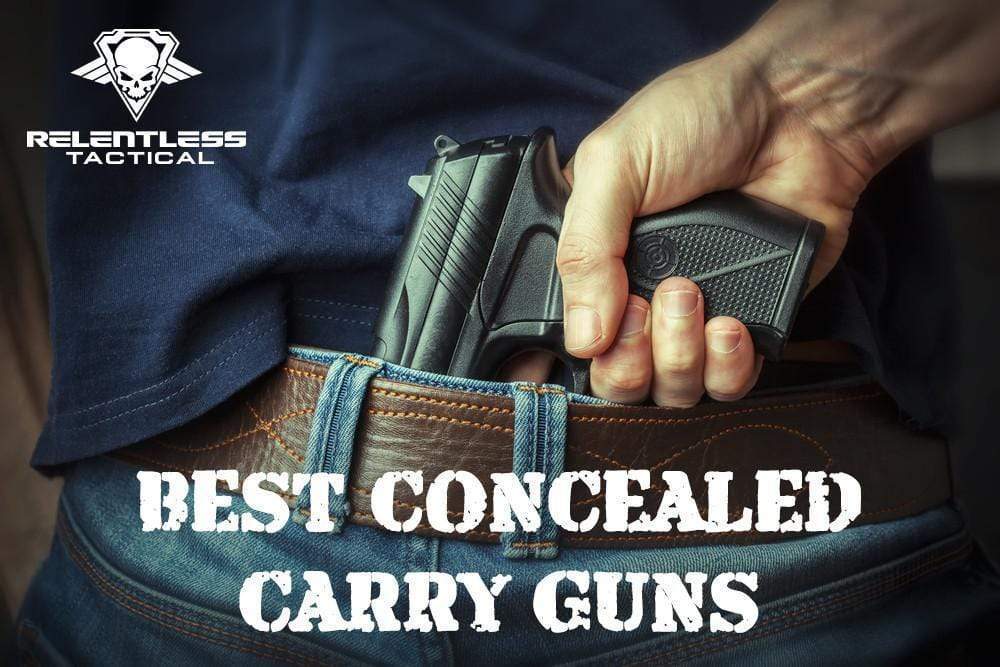
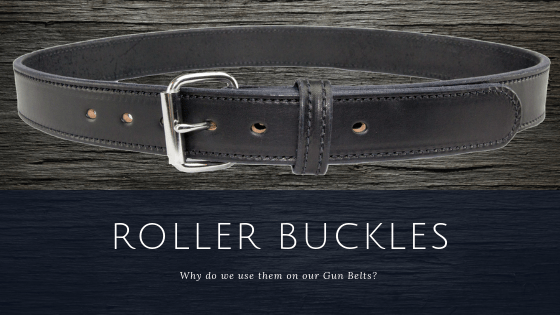
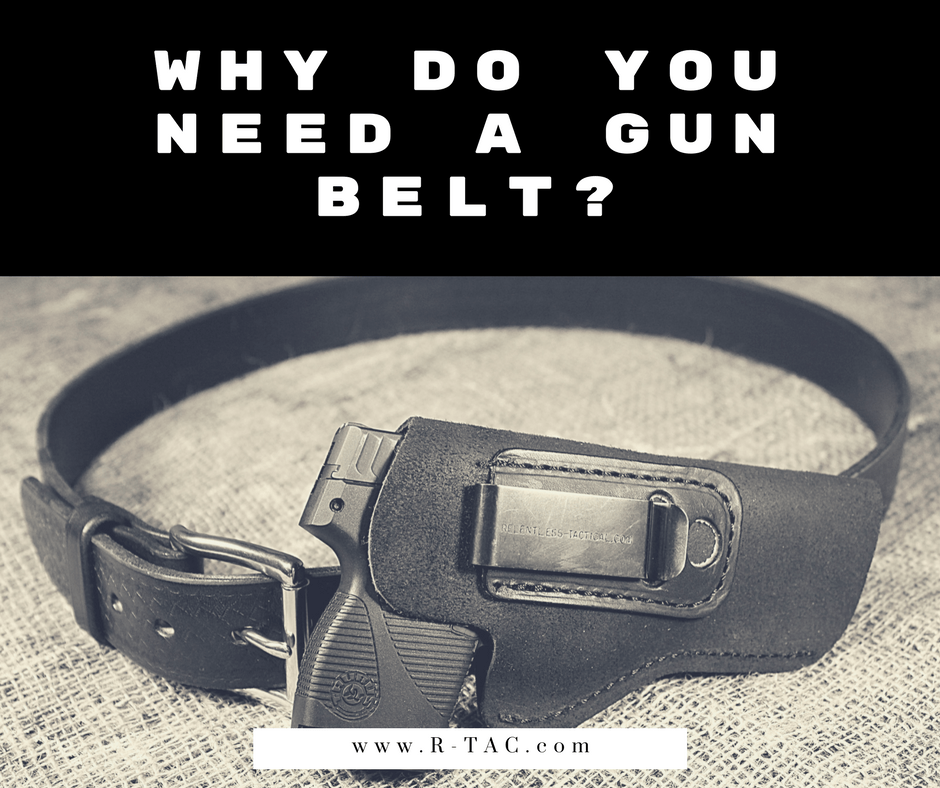
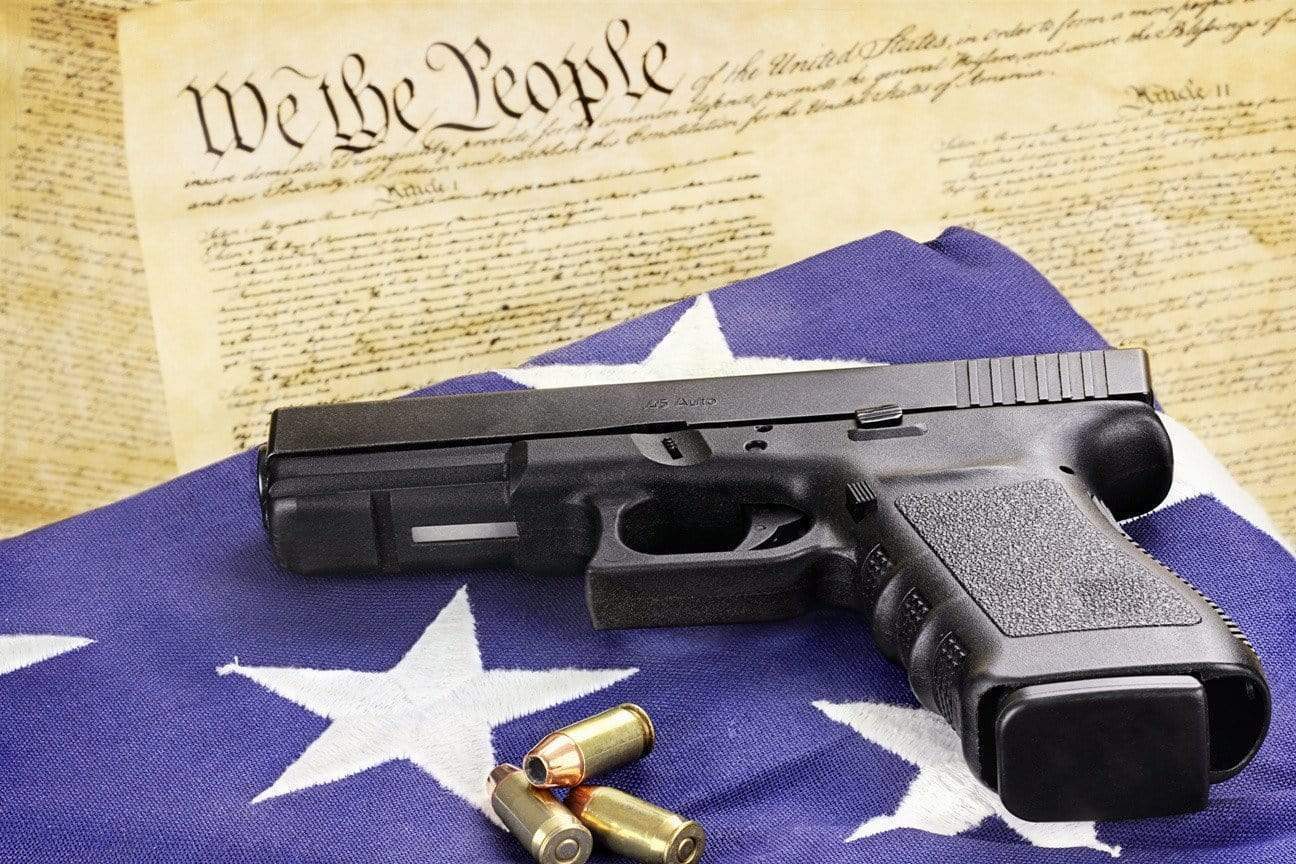
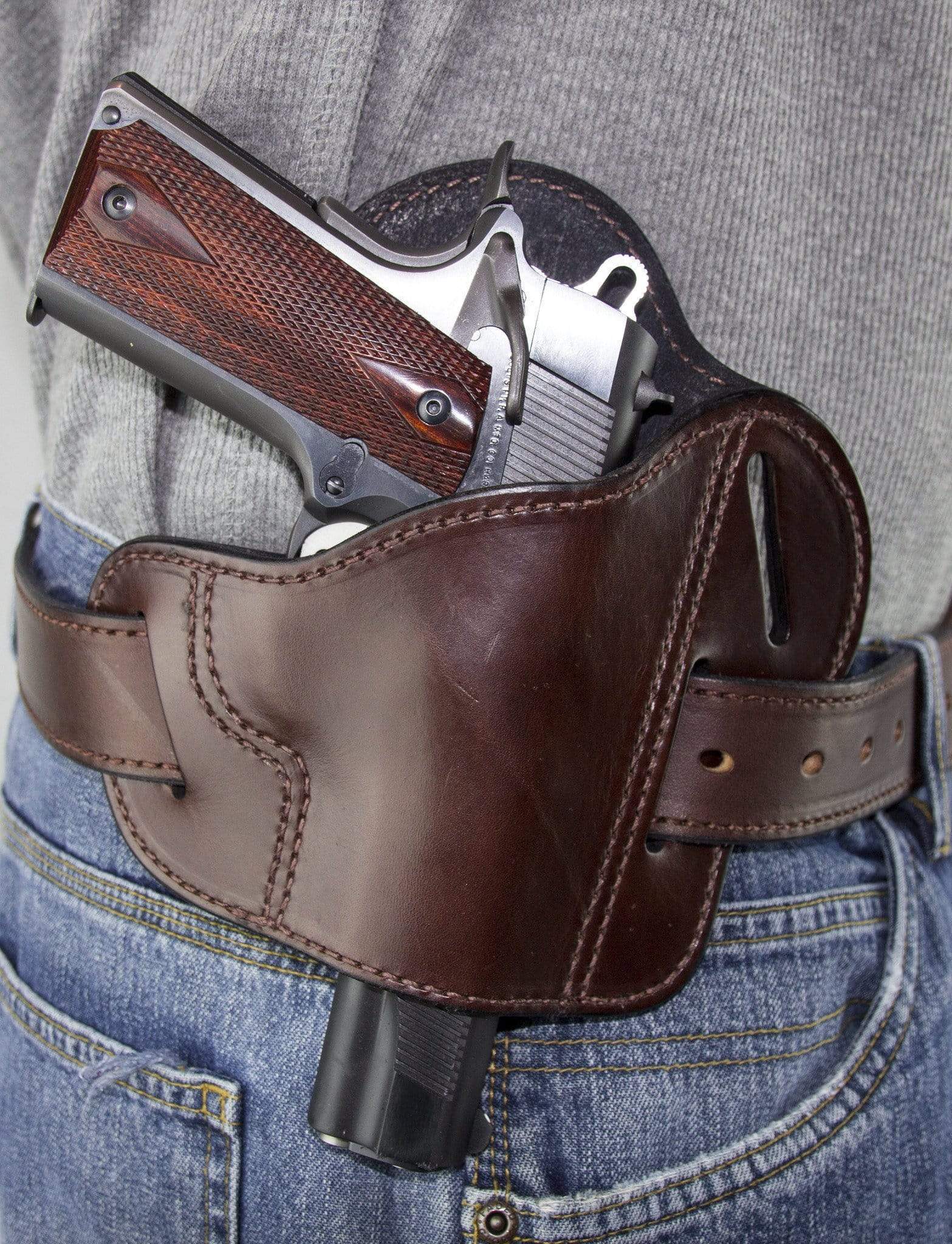
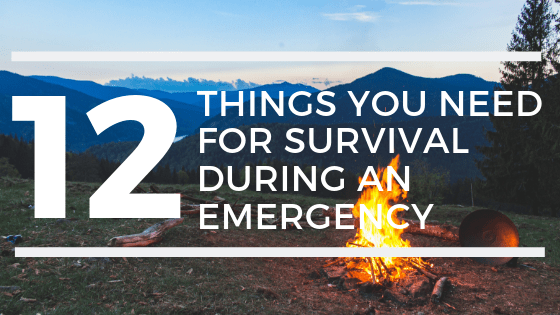
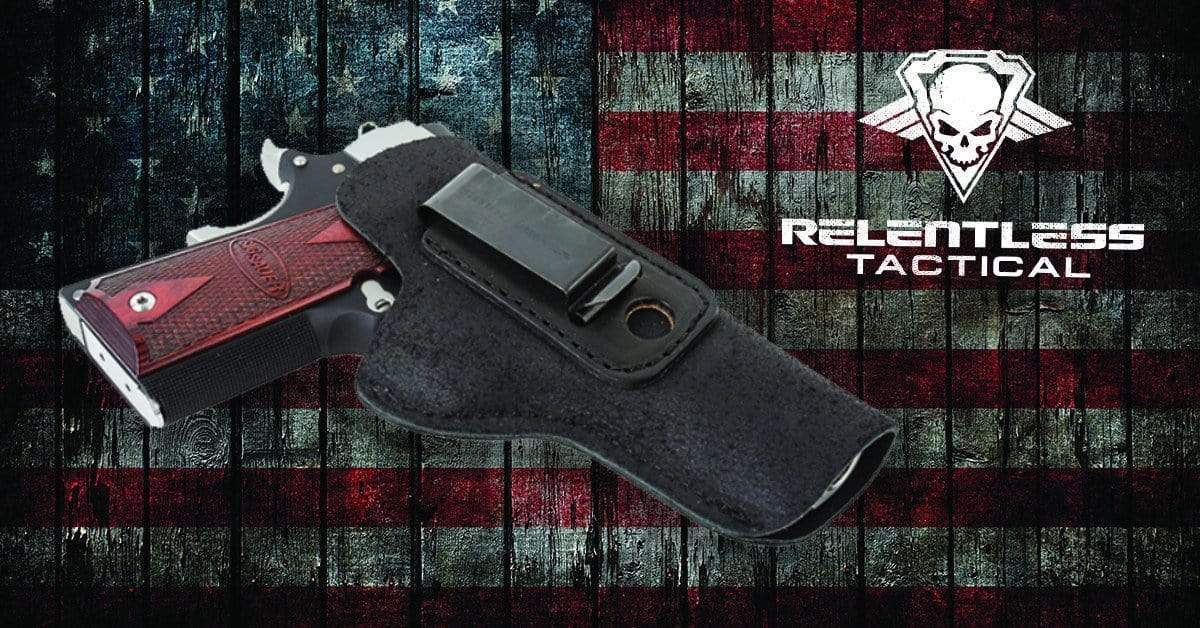
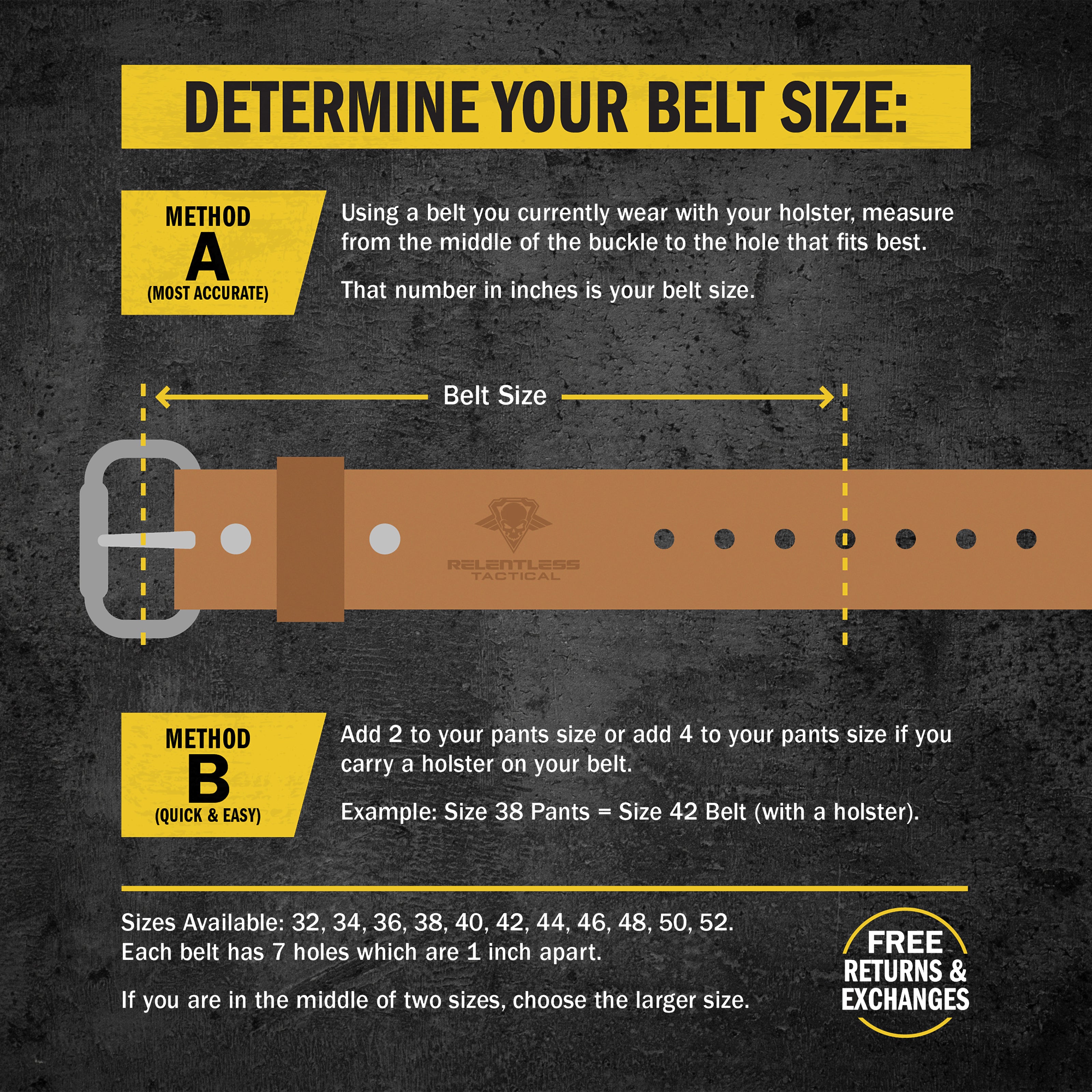
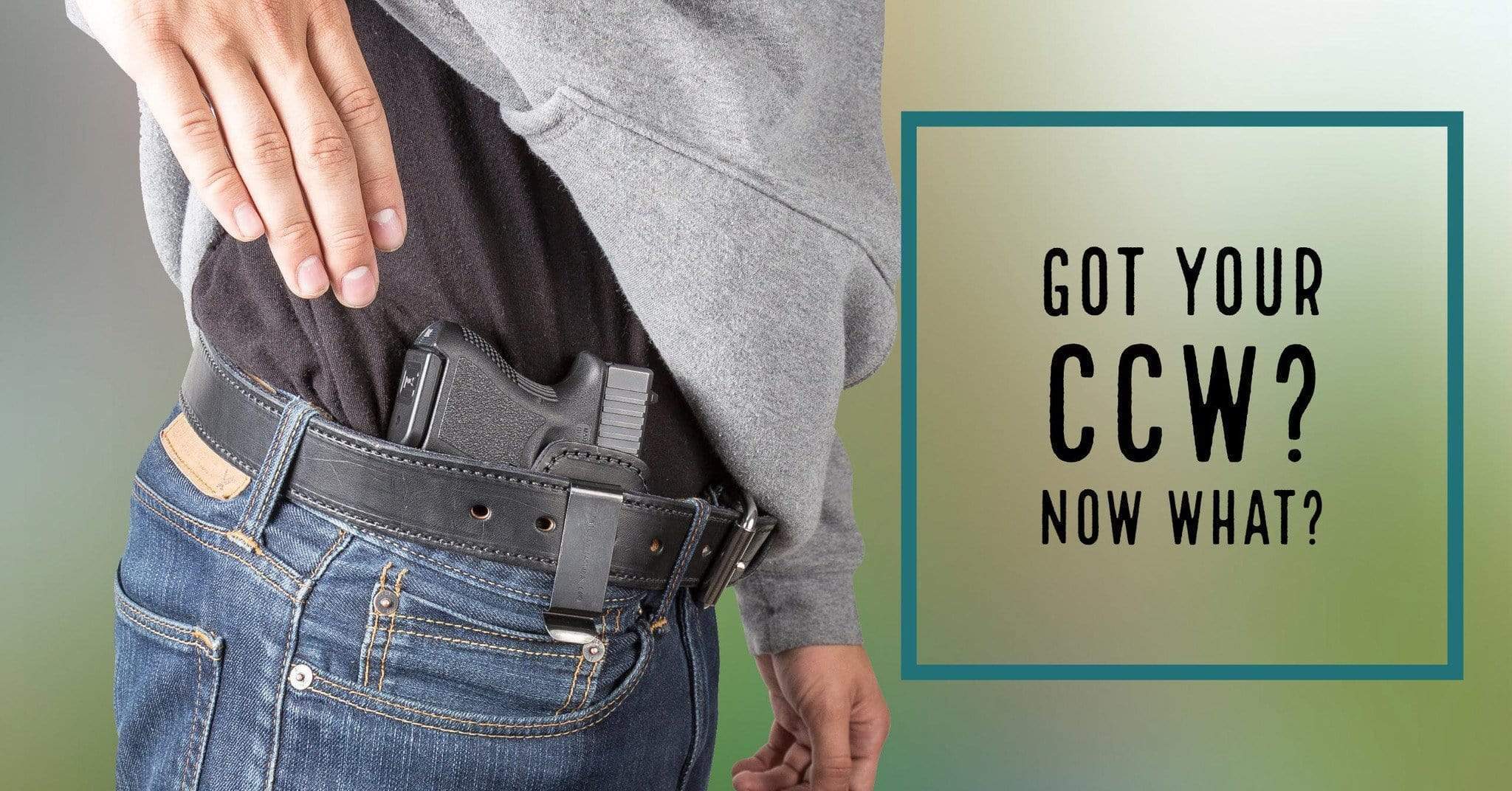
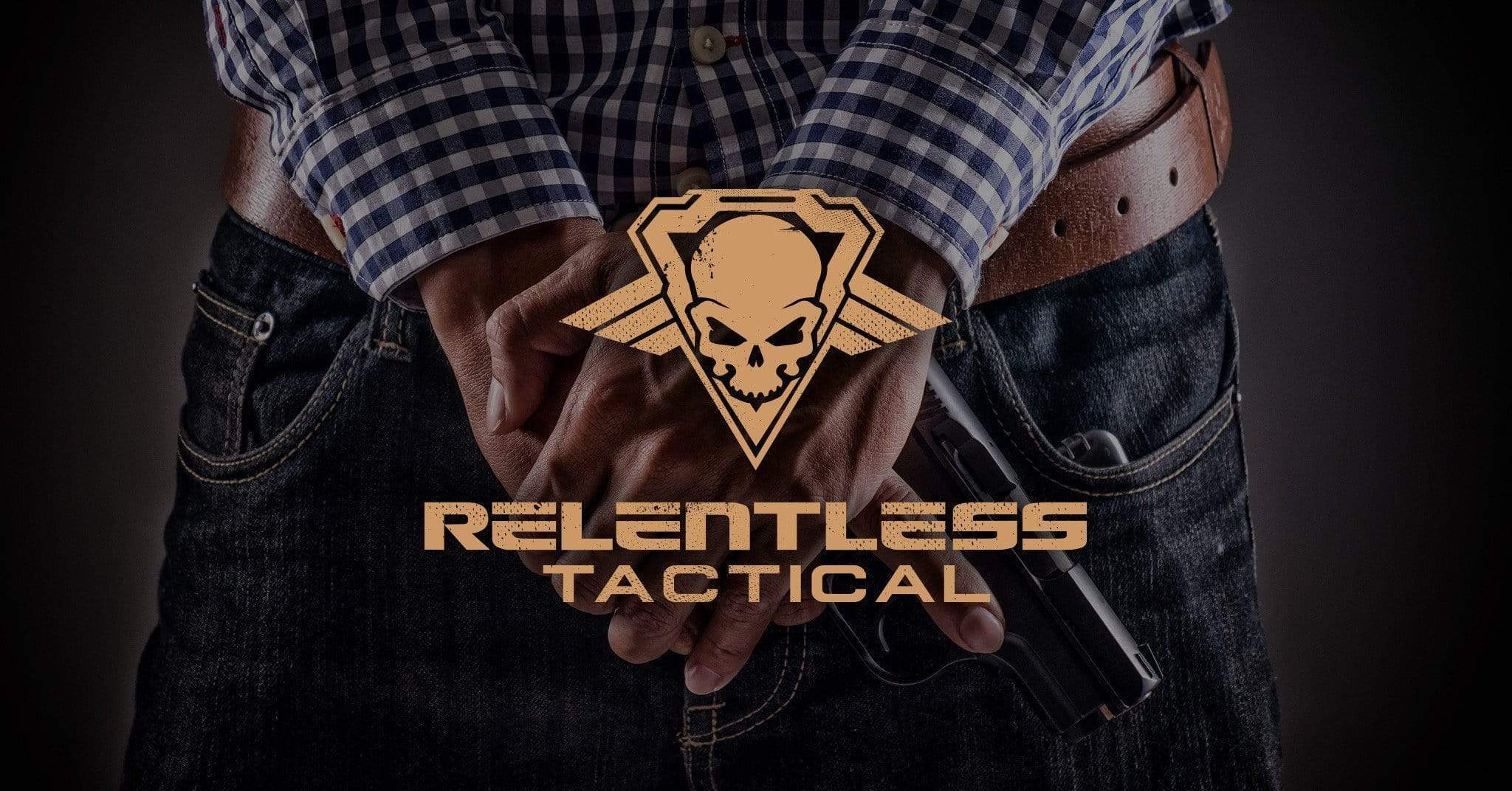

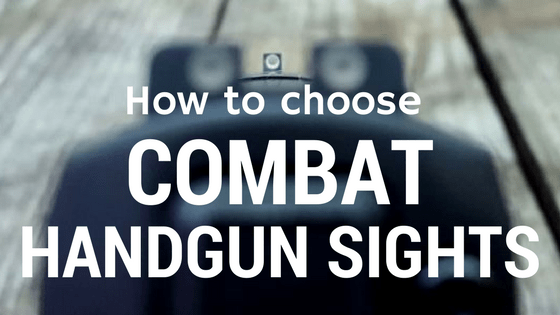
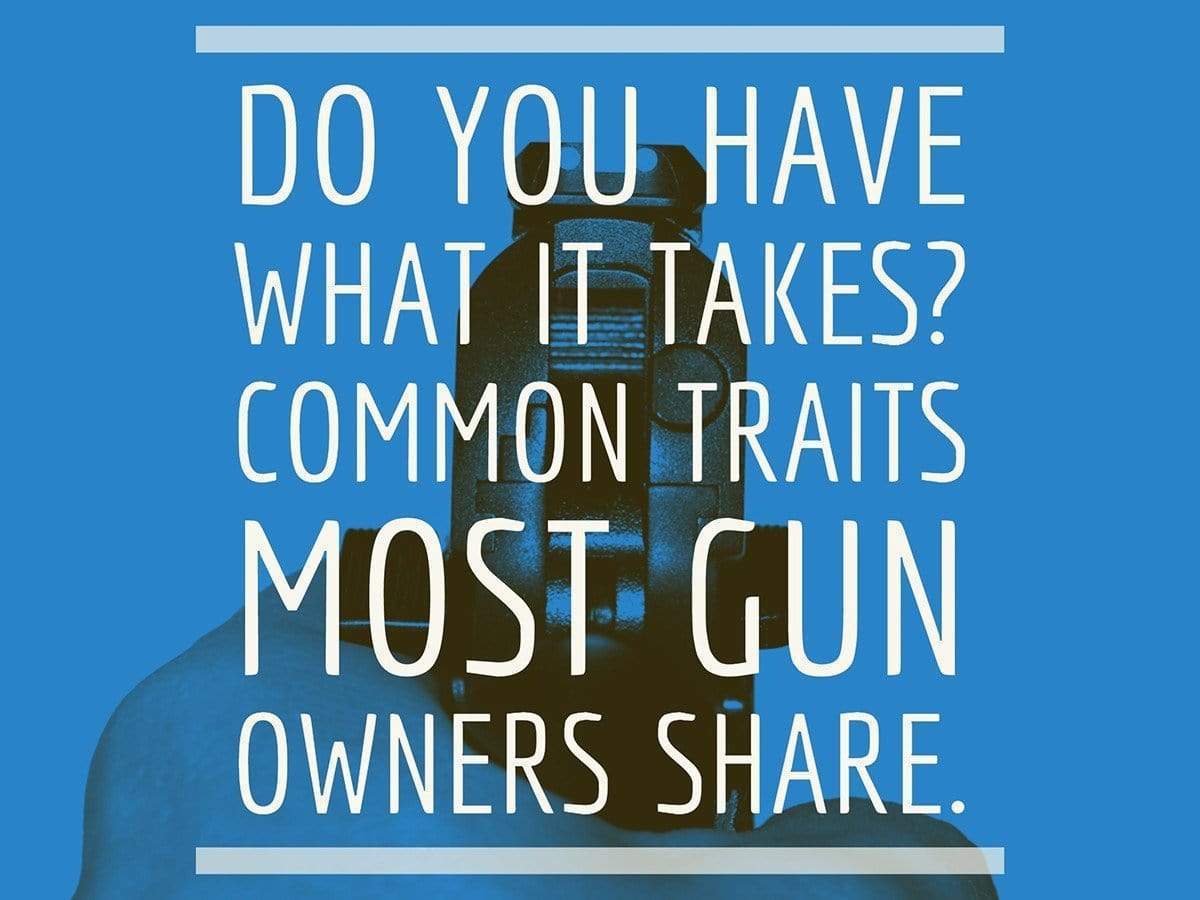
Excelent trainning. I’m a retired Police Officer the information you gave, those suggestion’s will save alife. Well done..
Great stuff! Keep it coming!!
BobbyD 😎